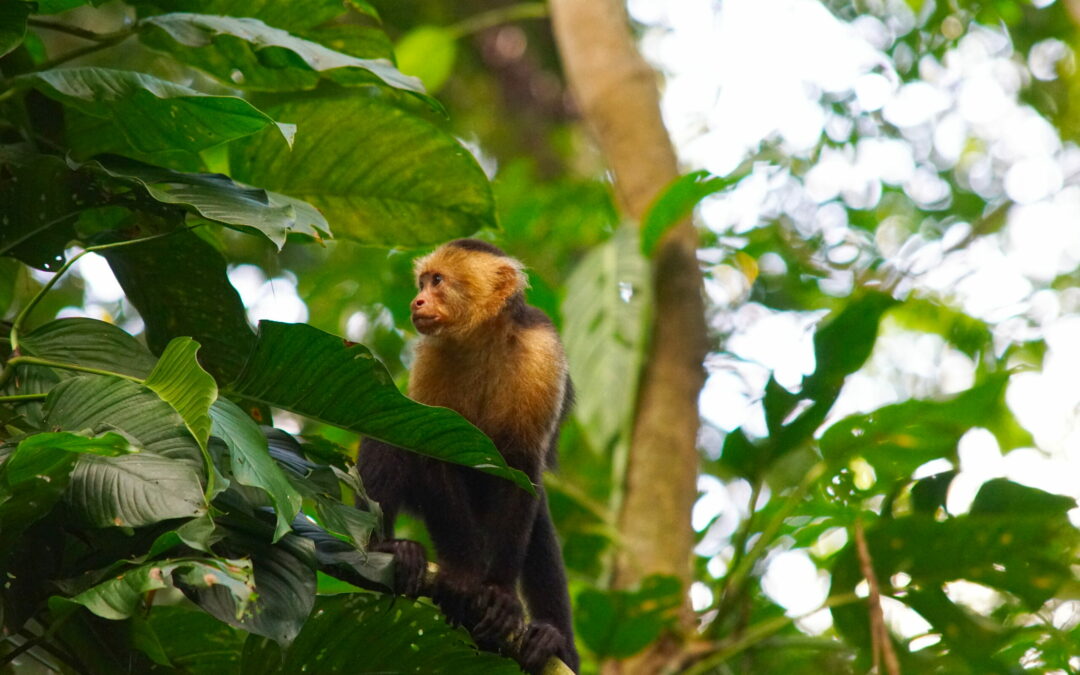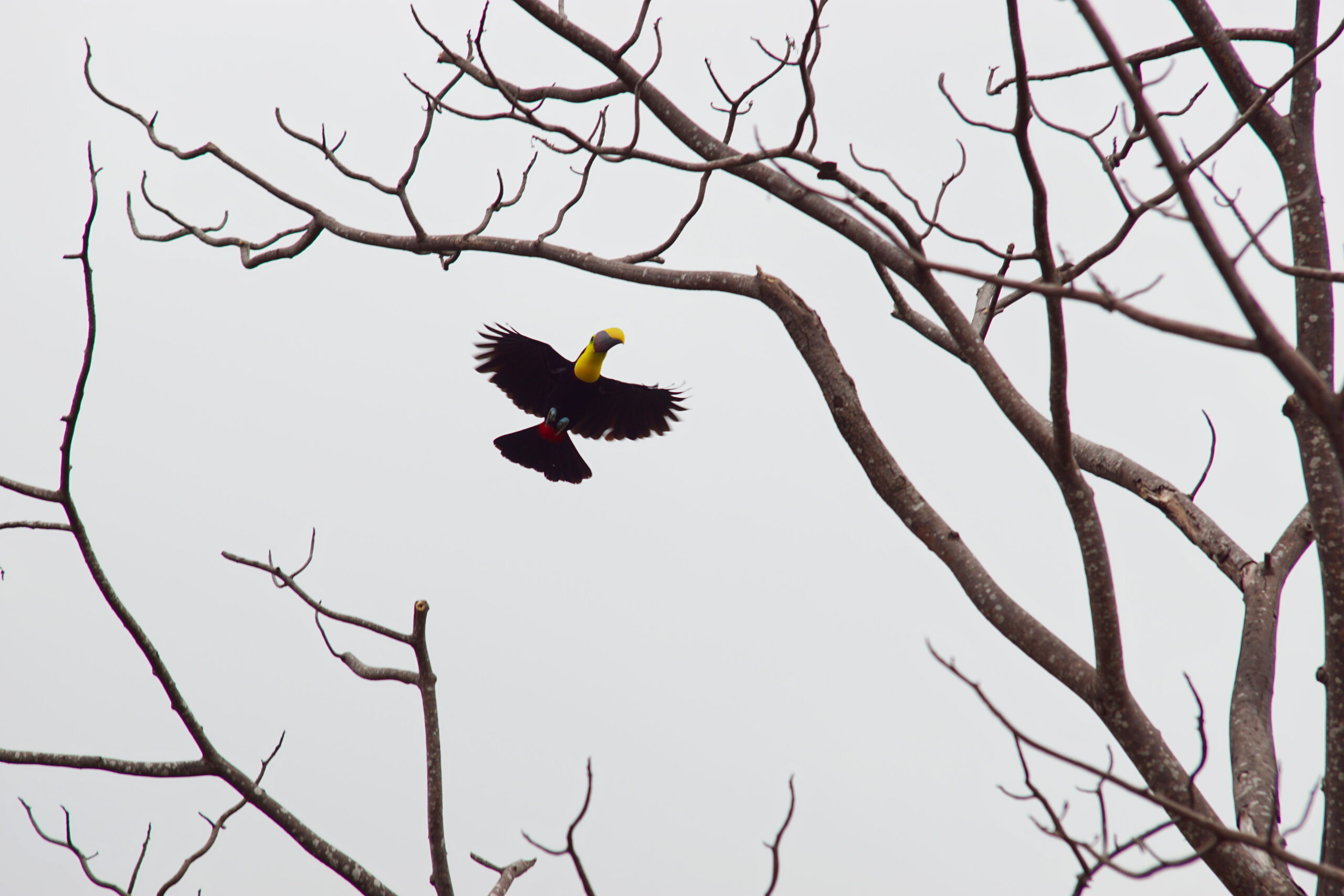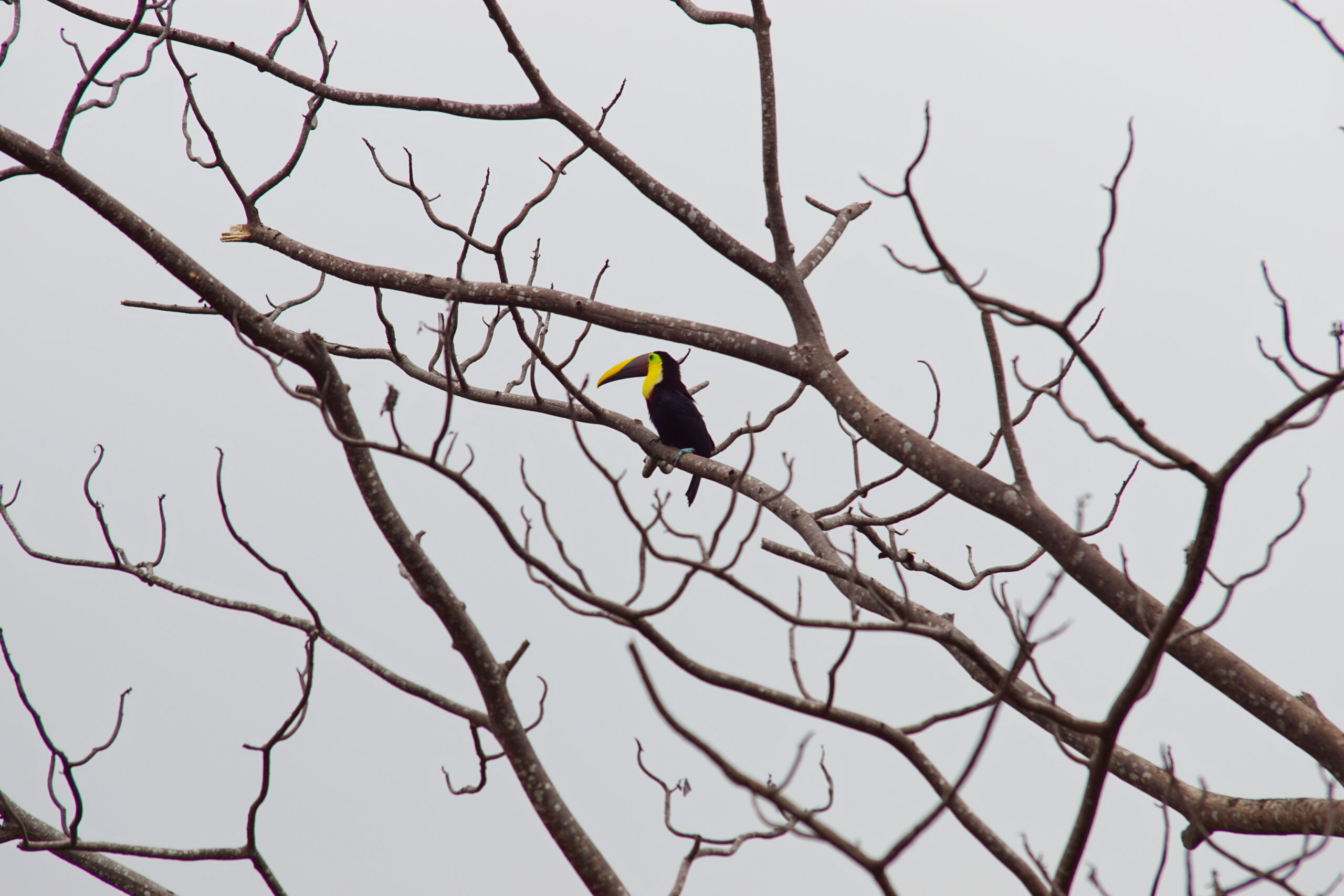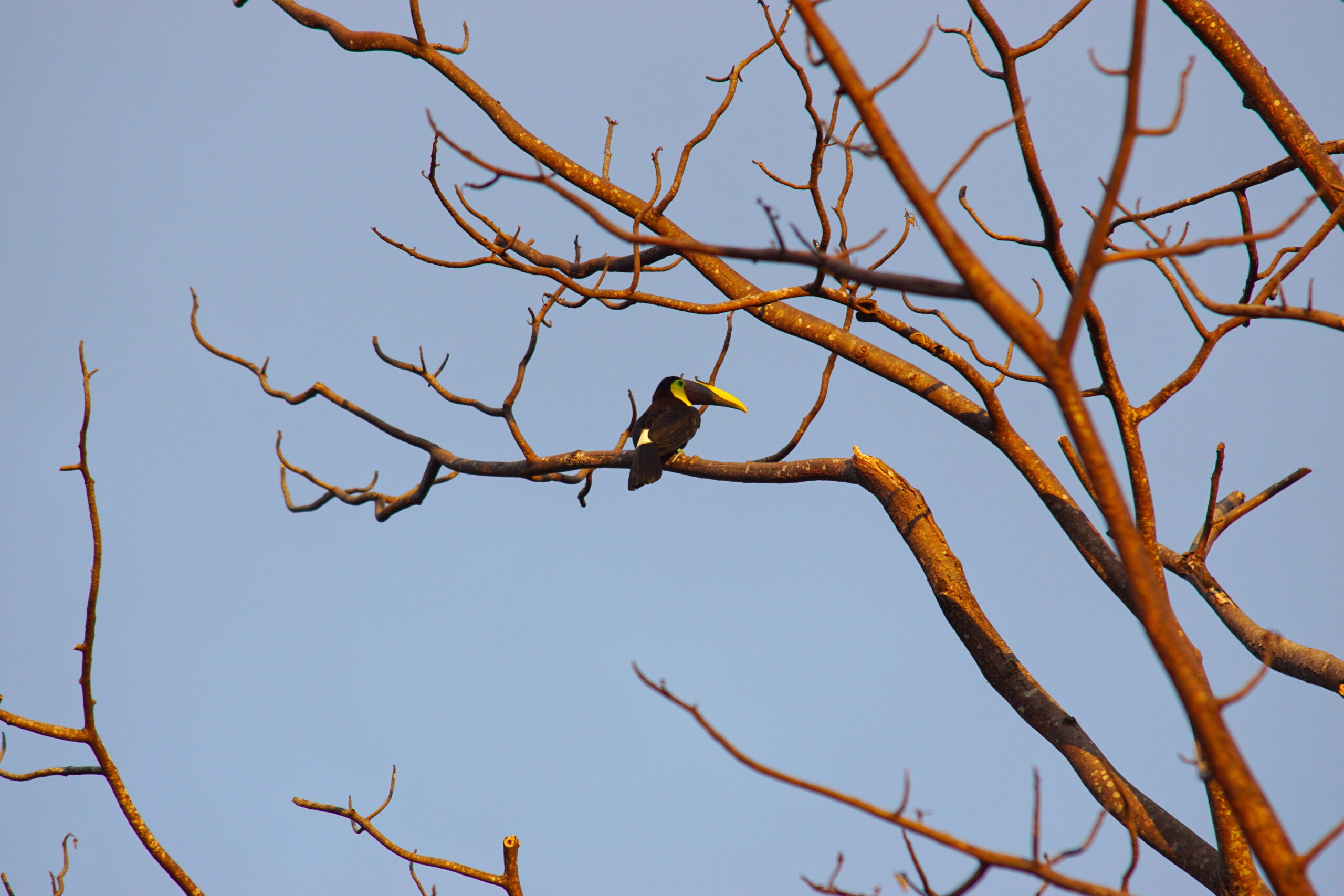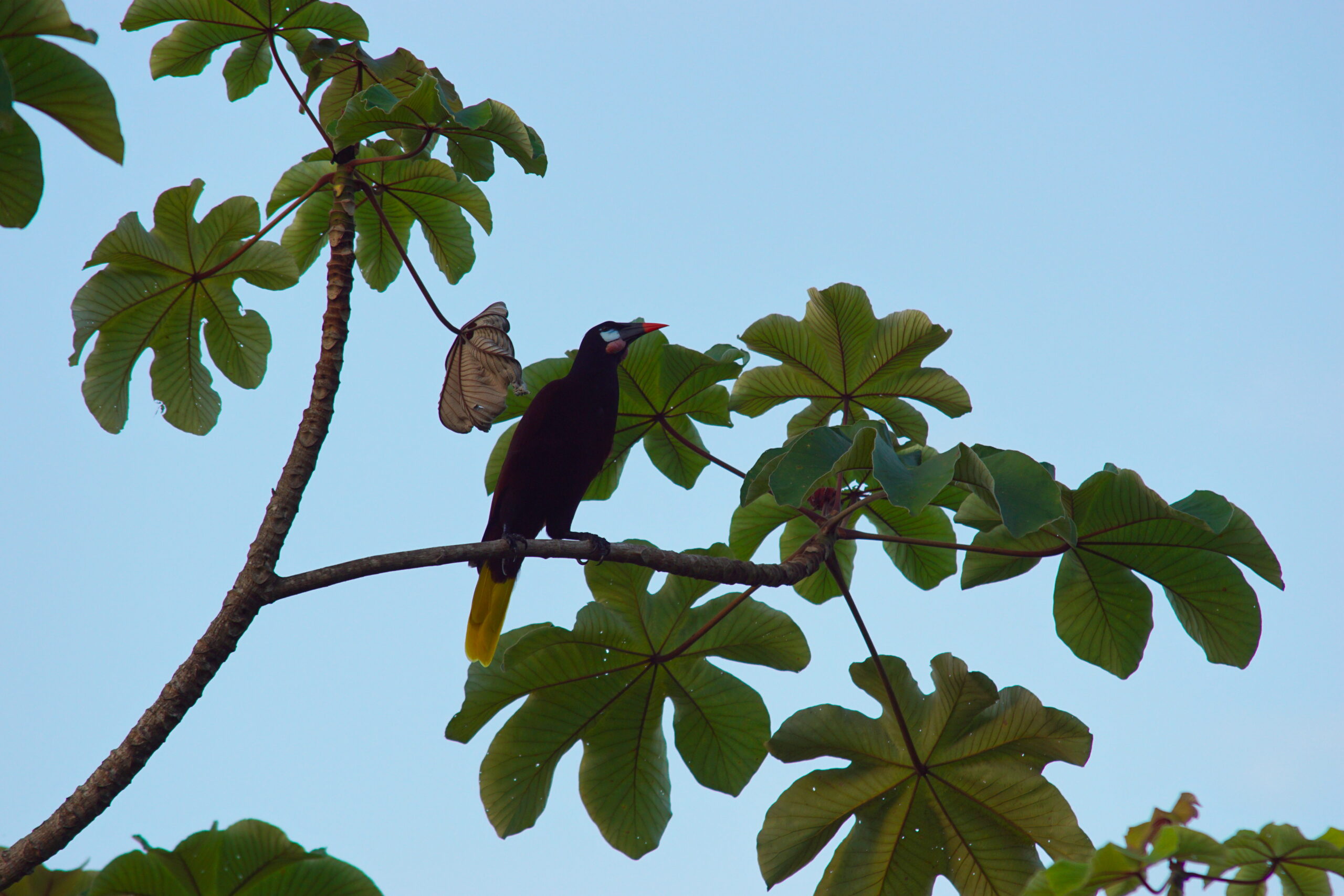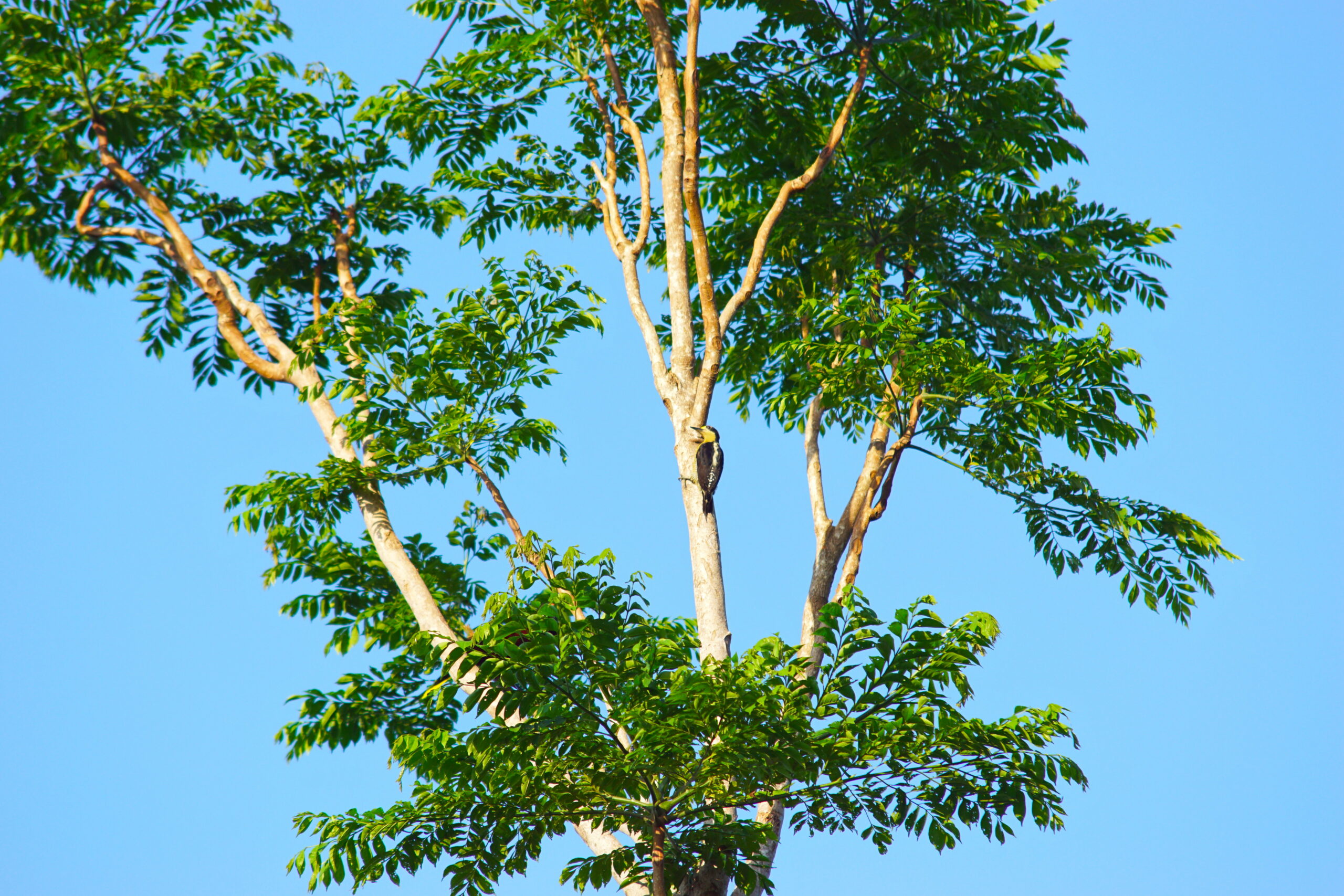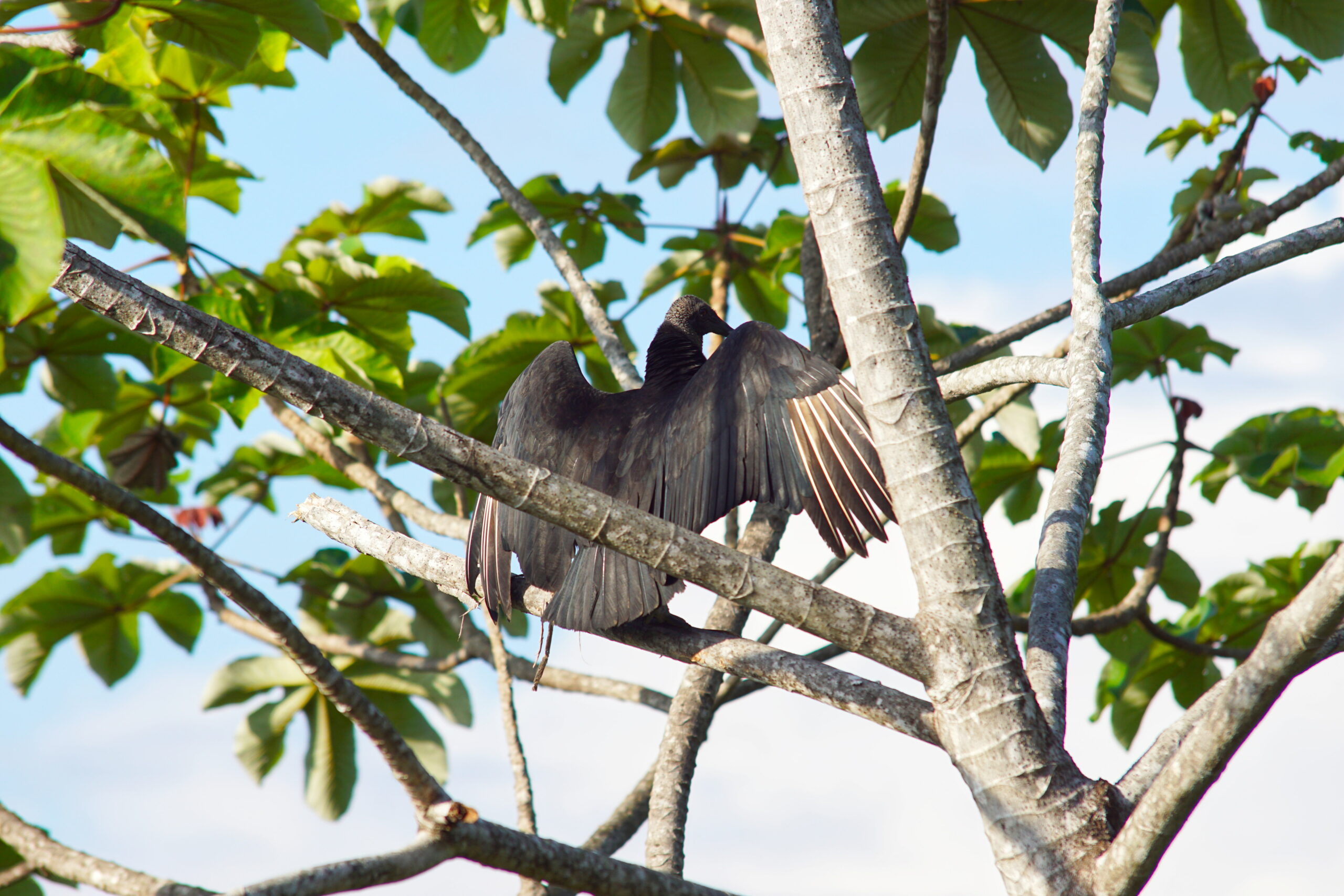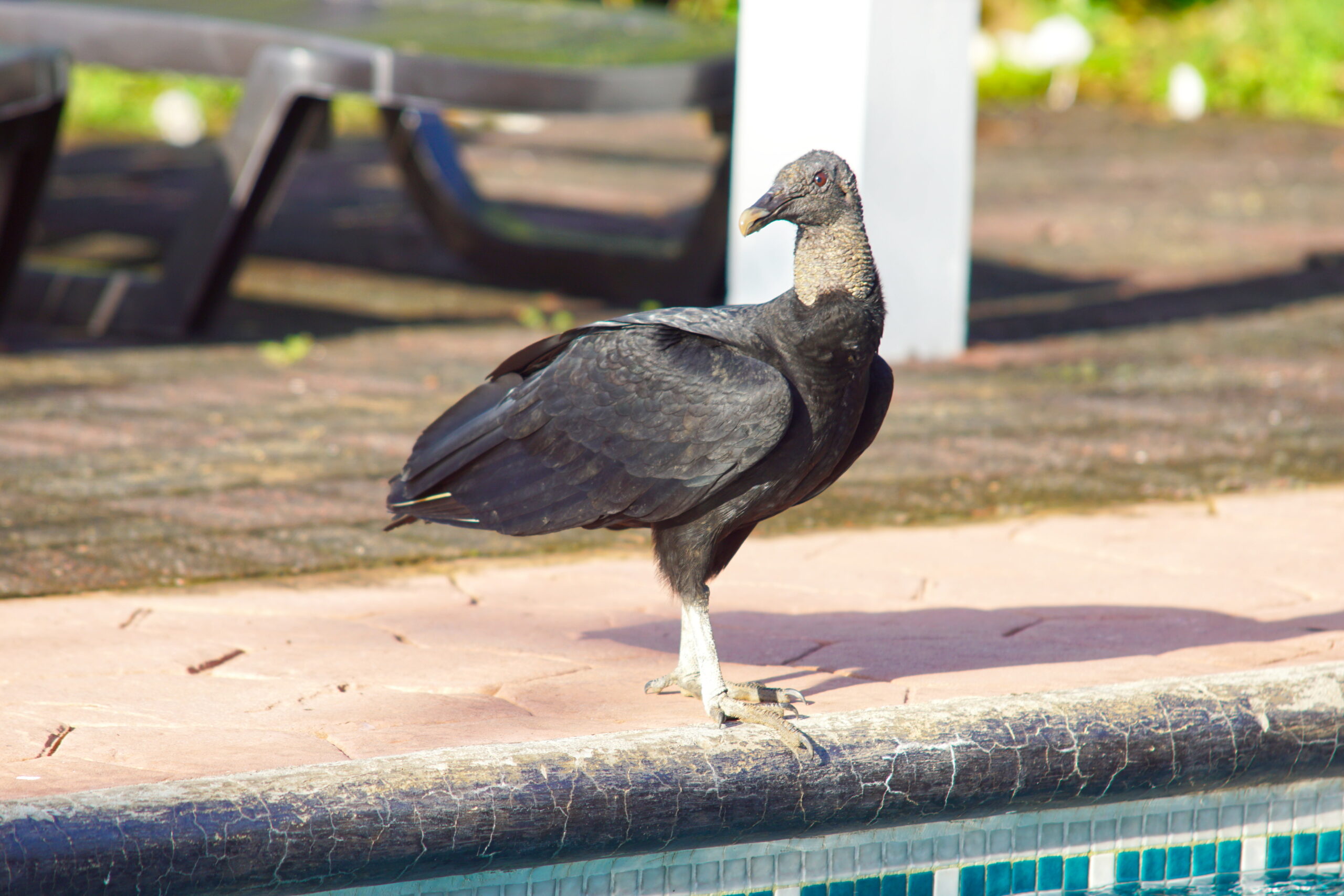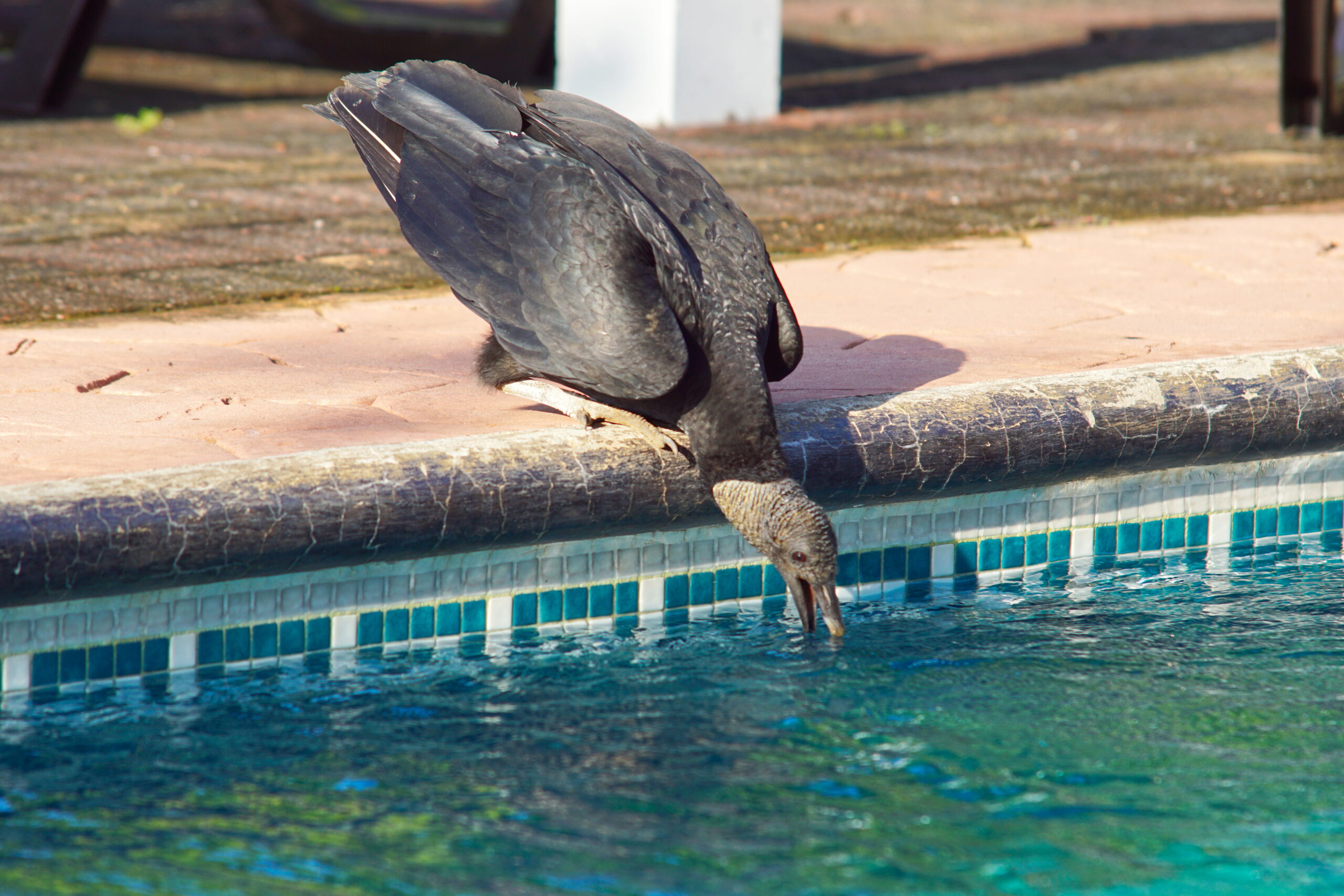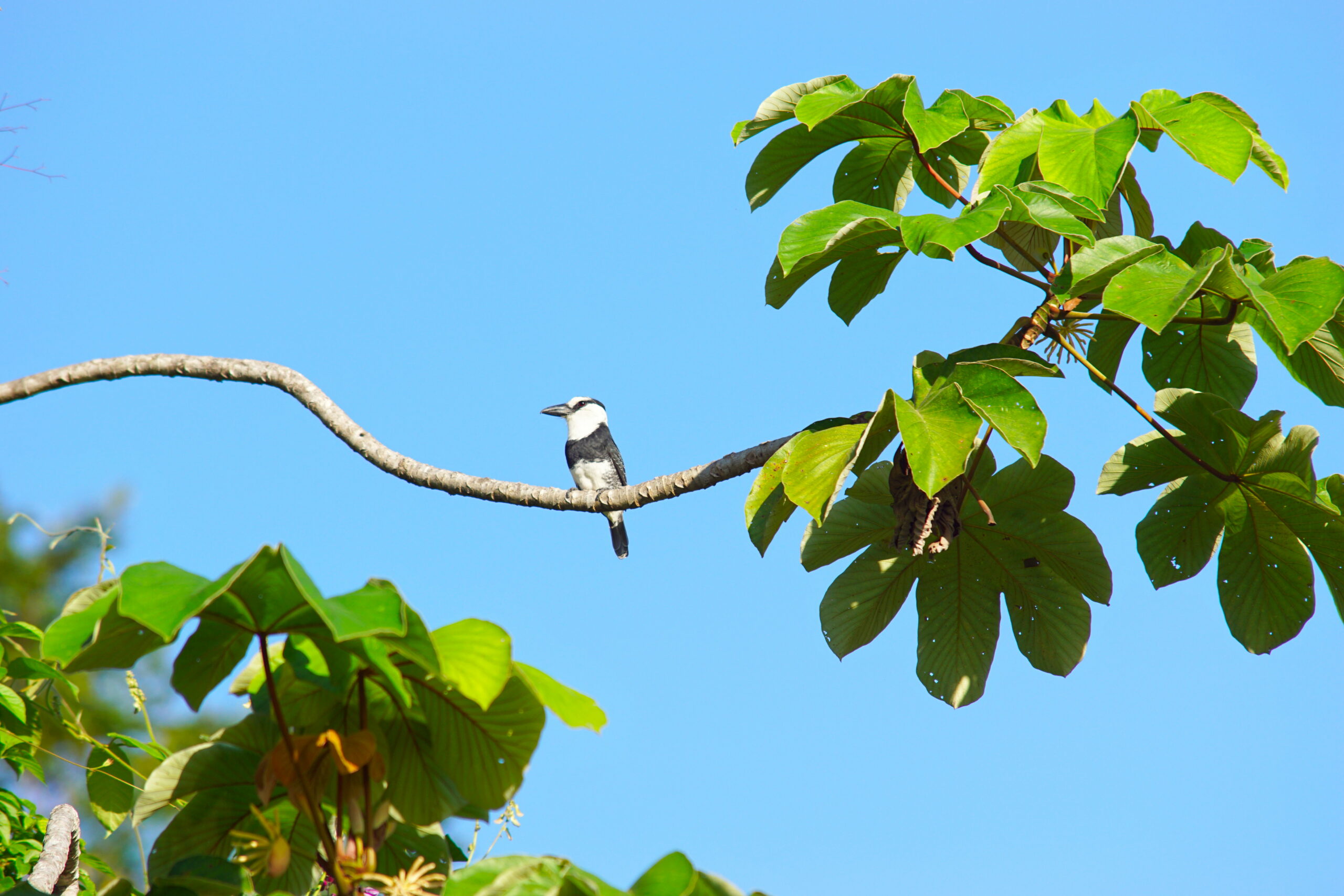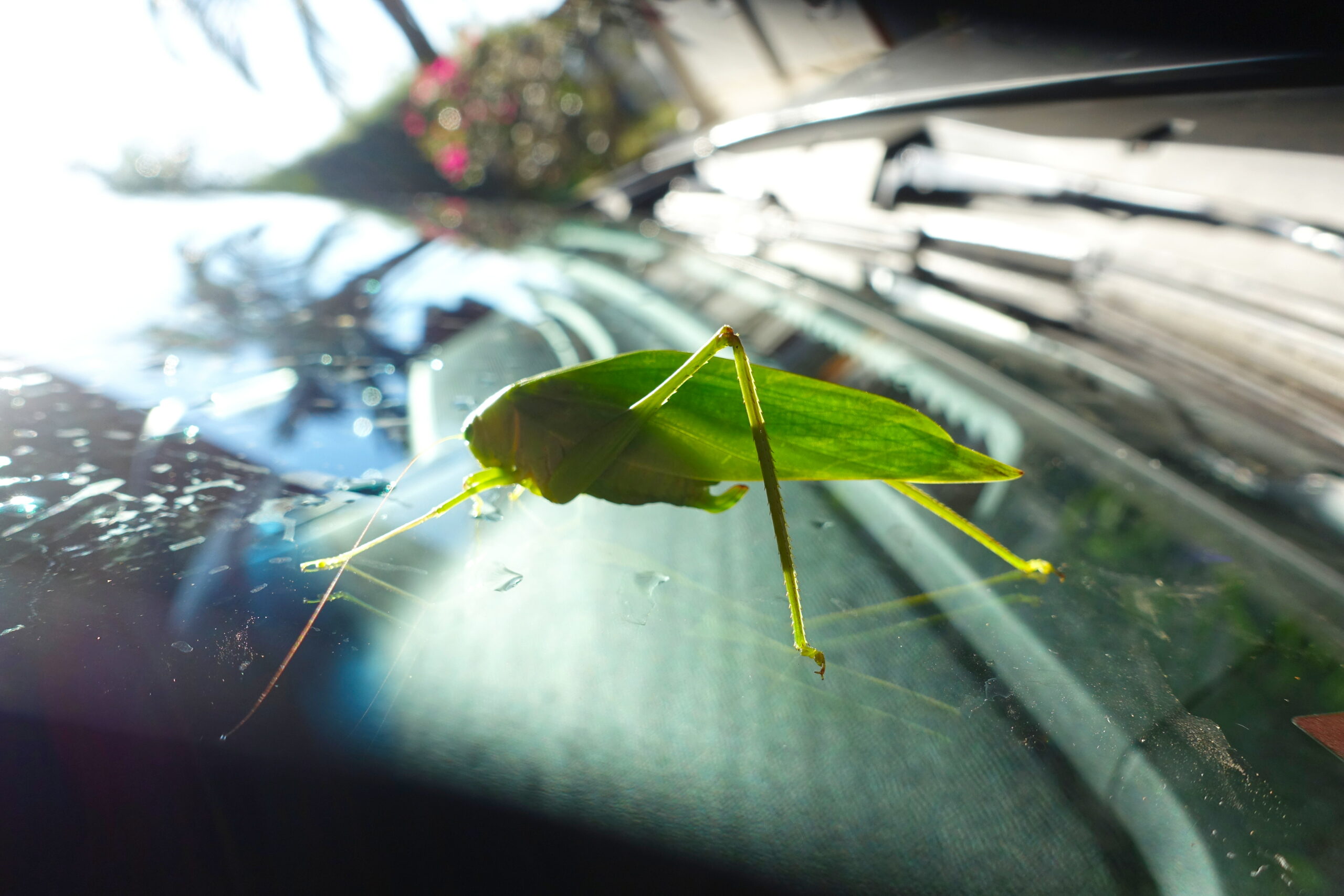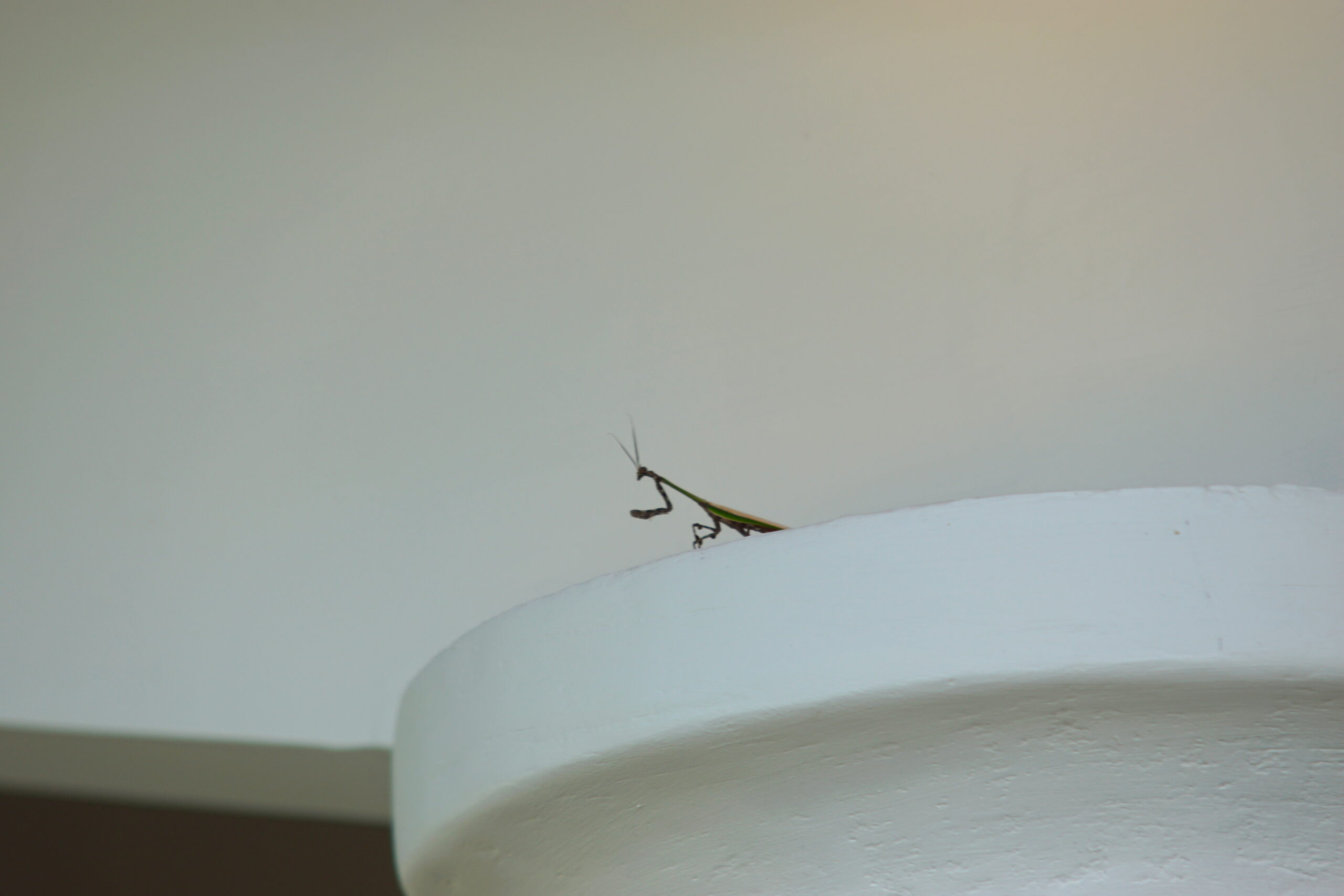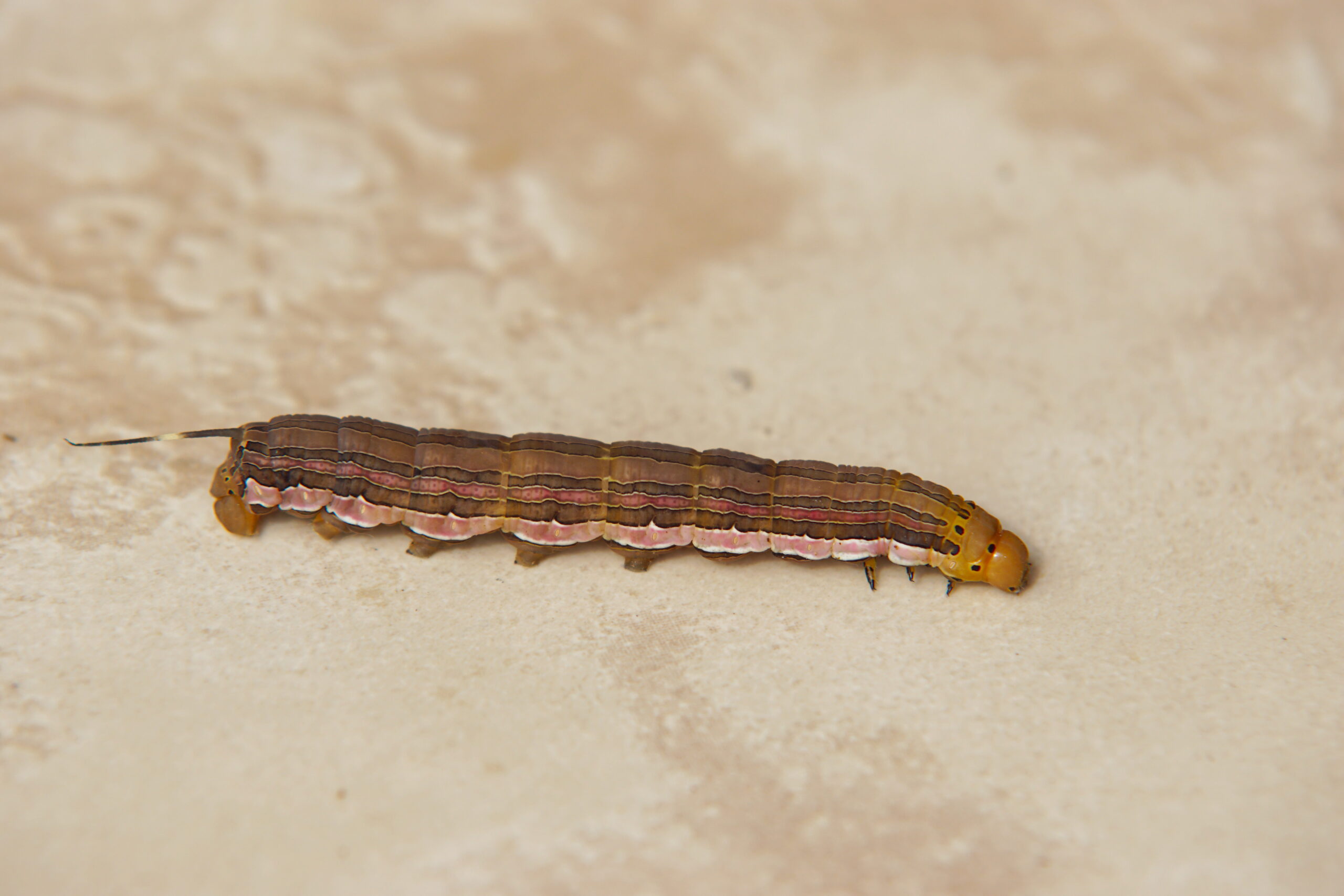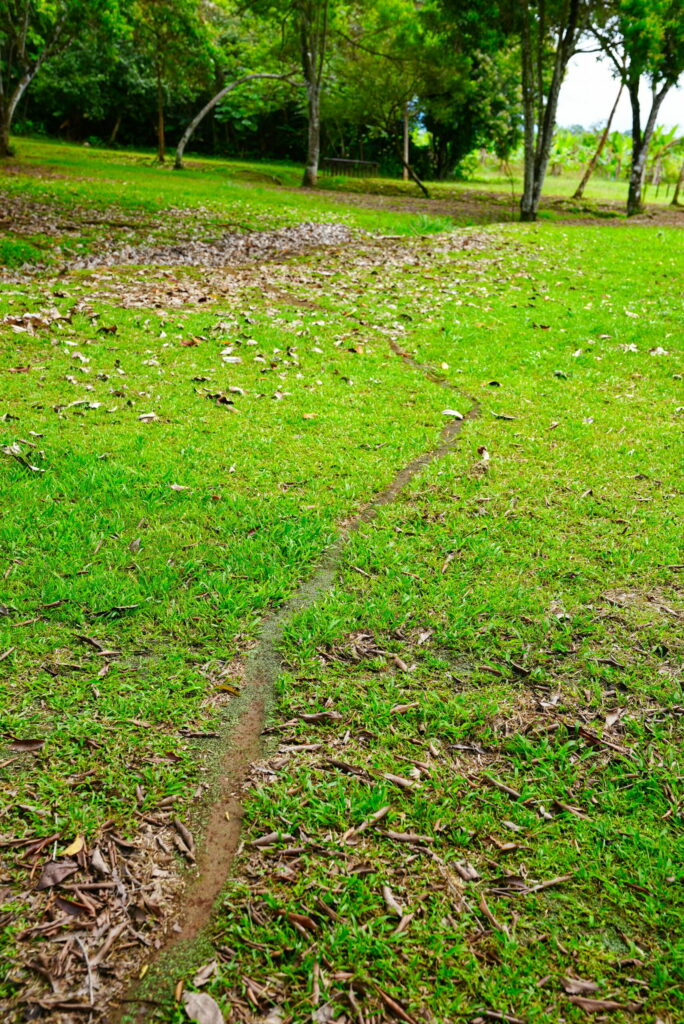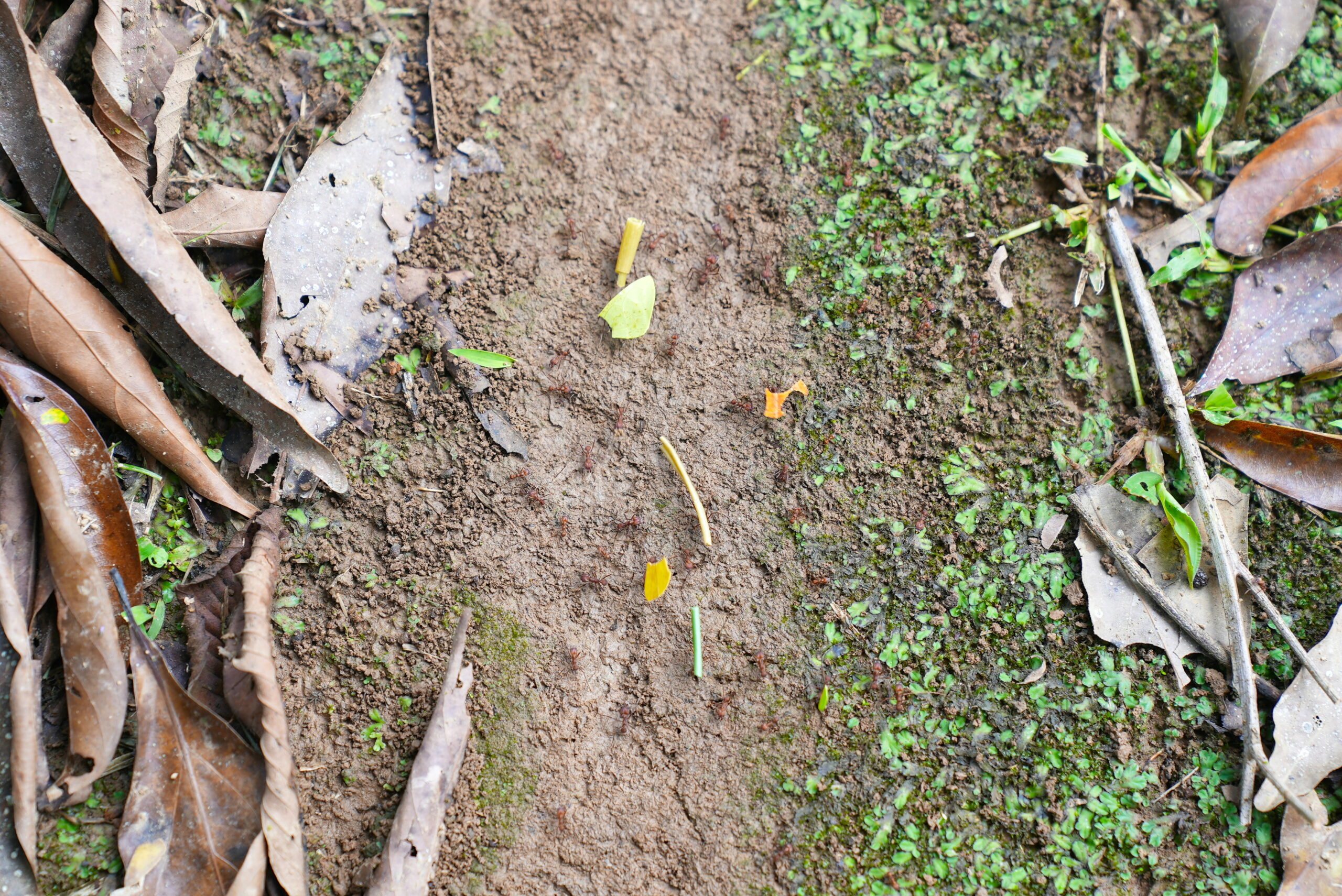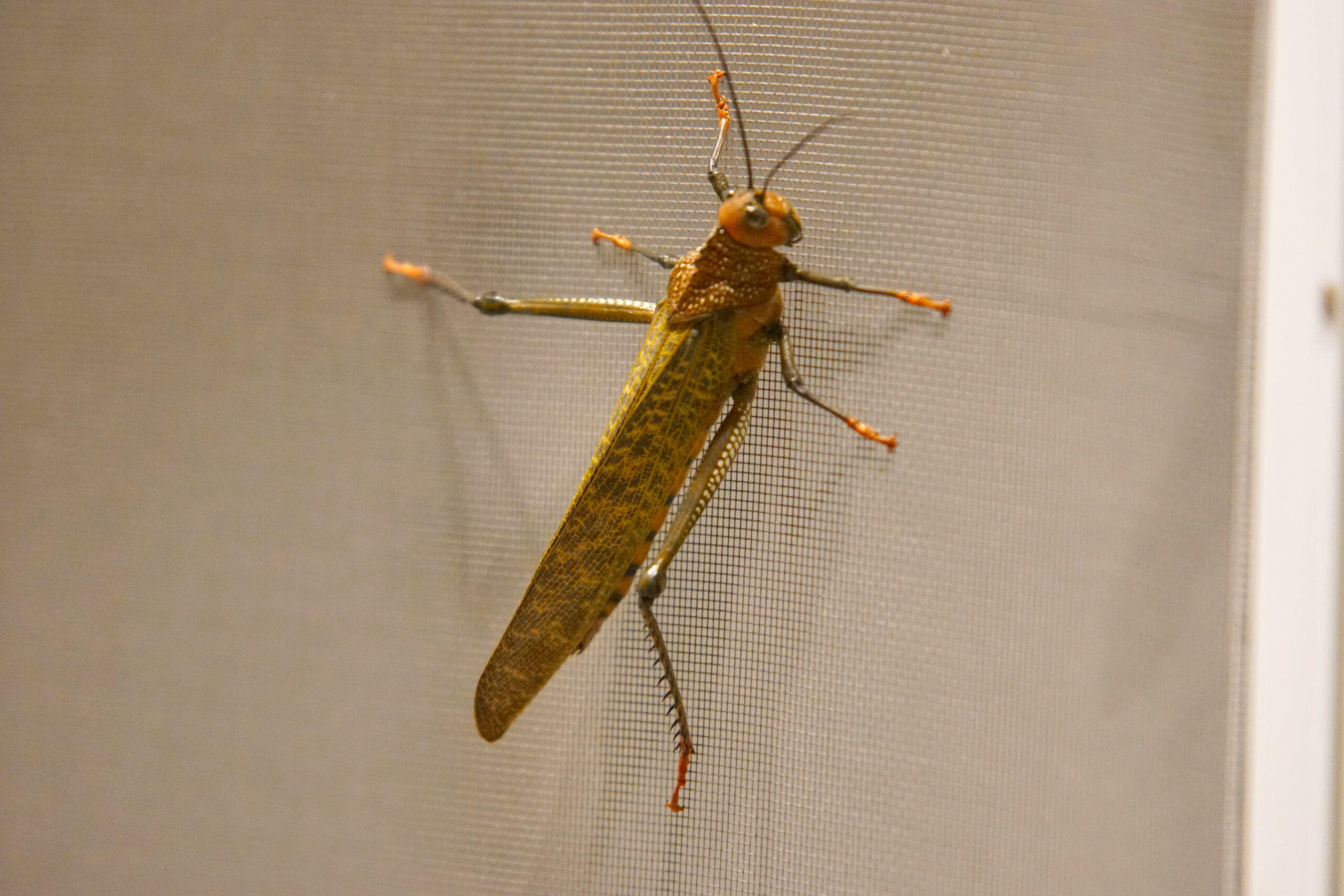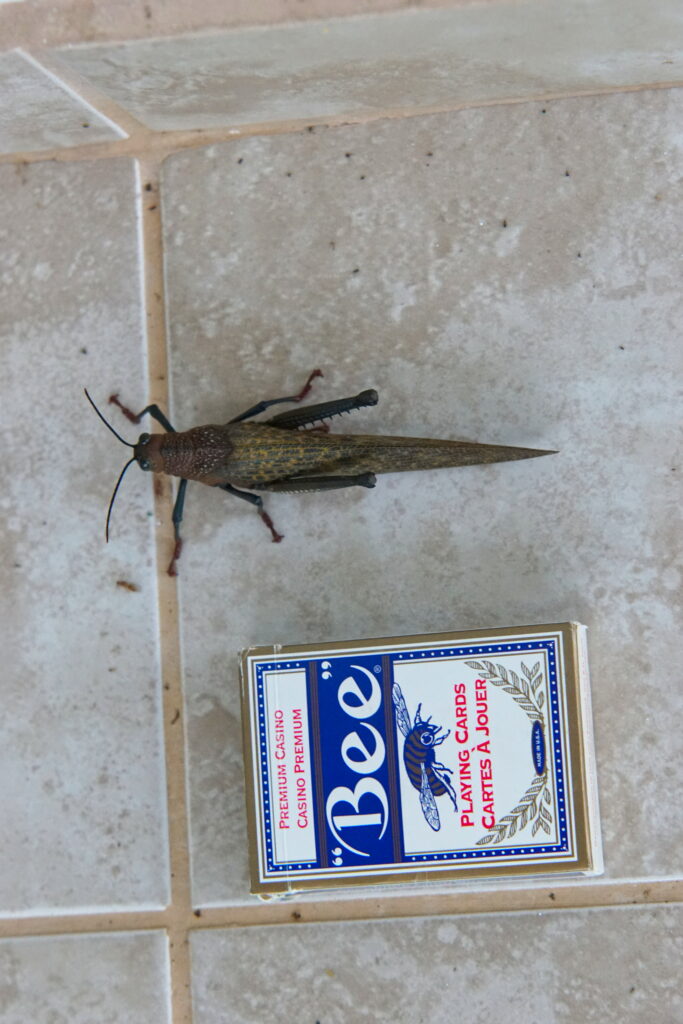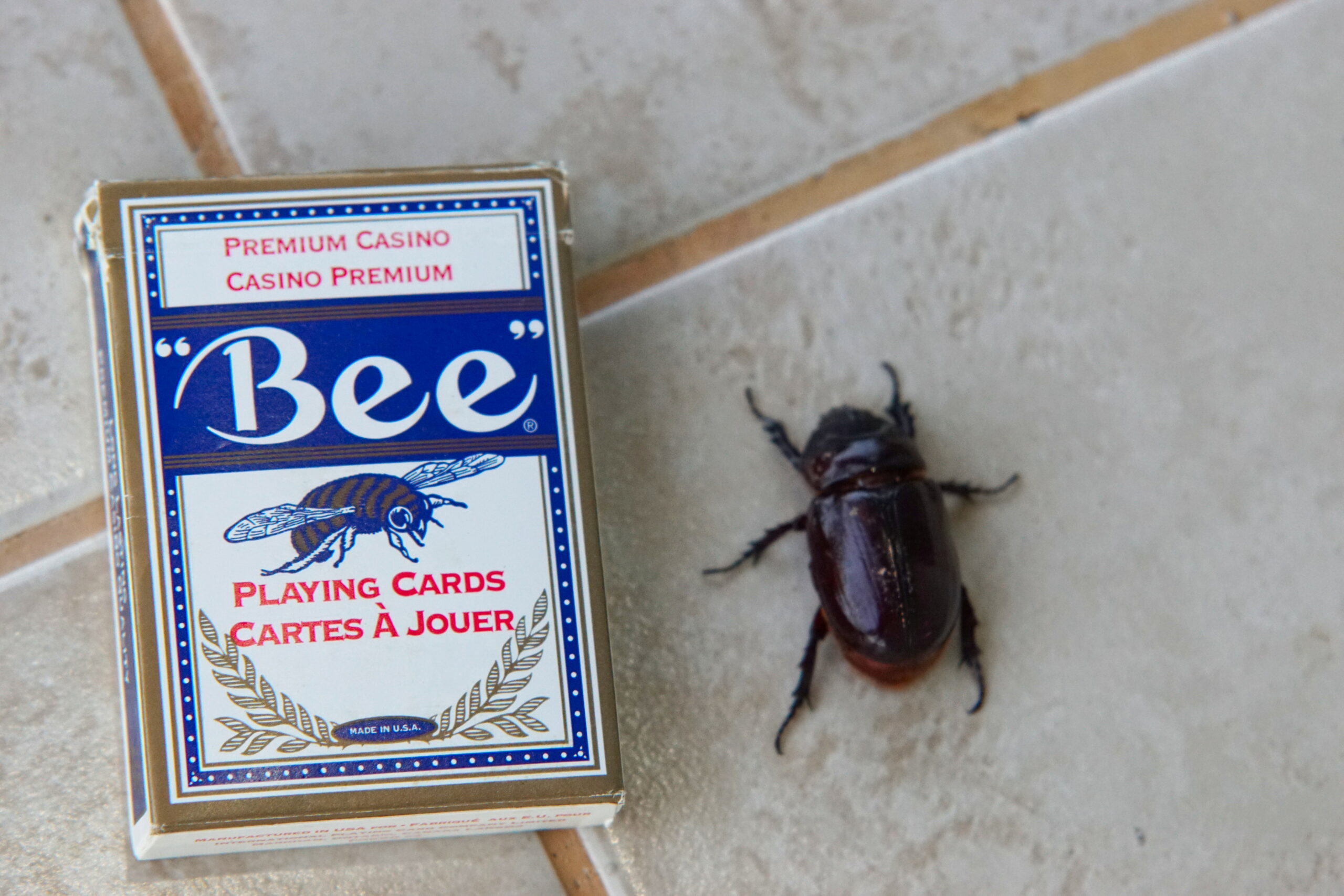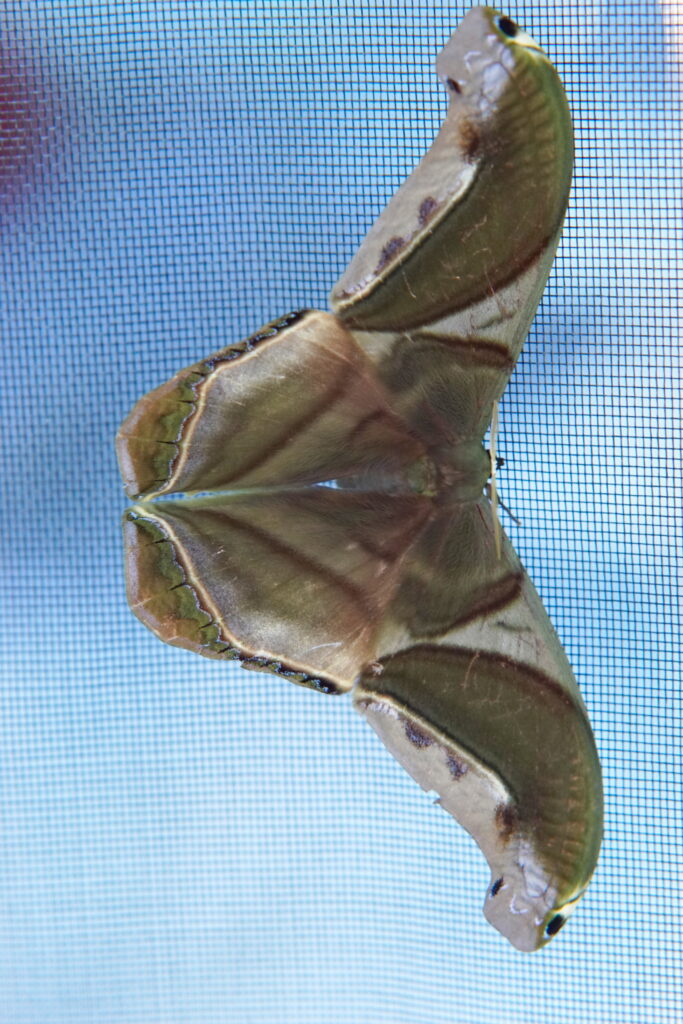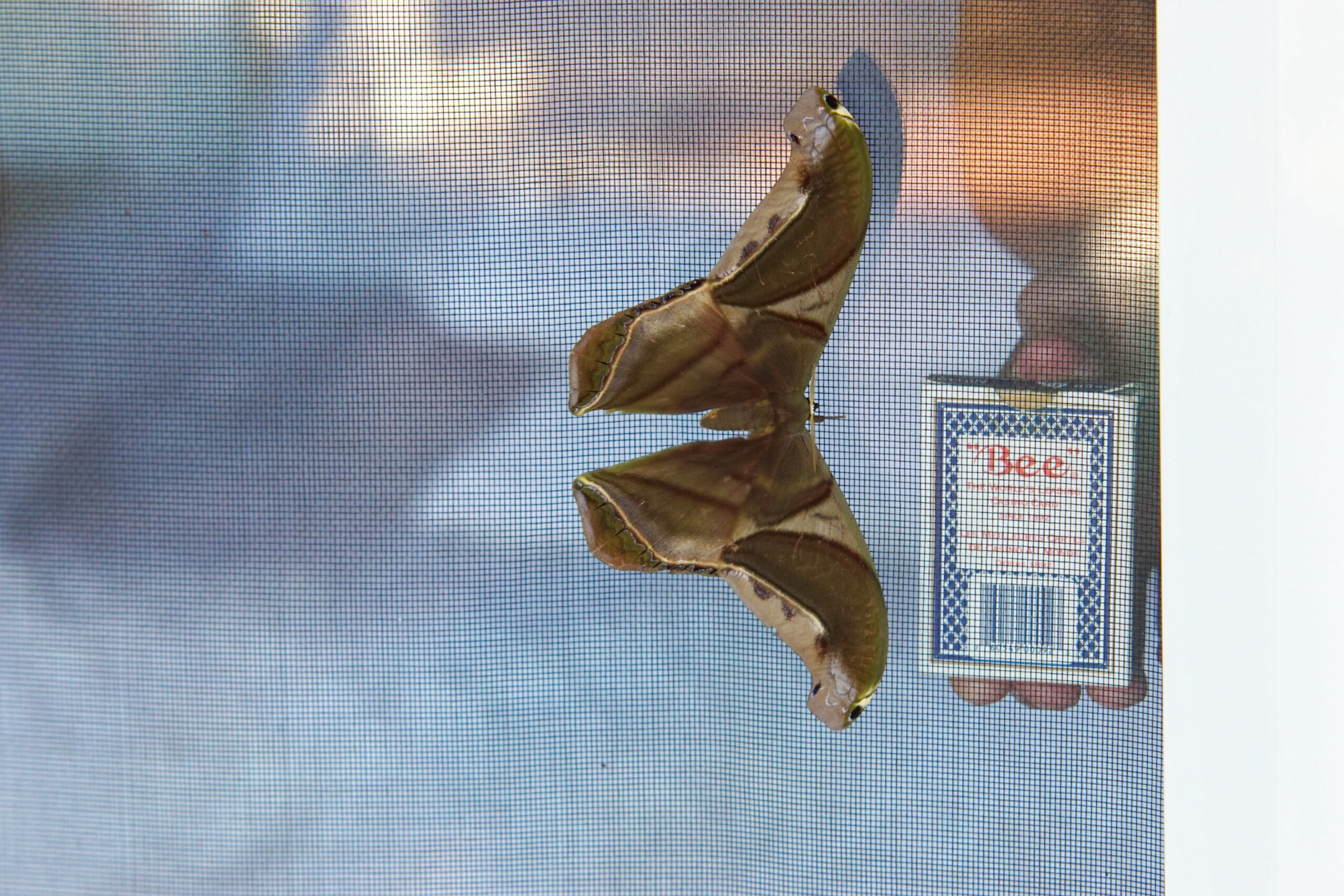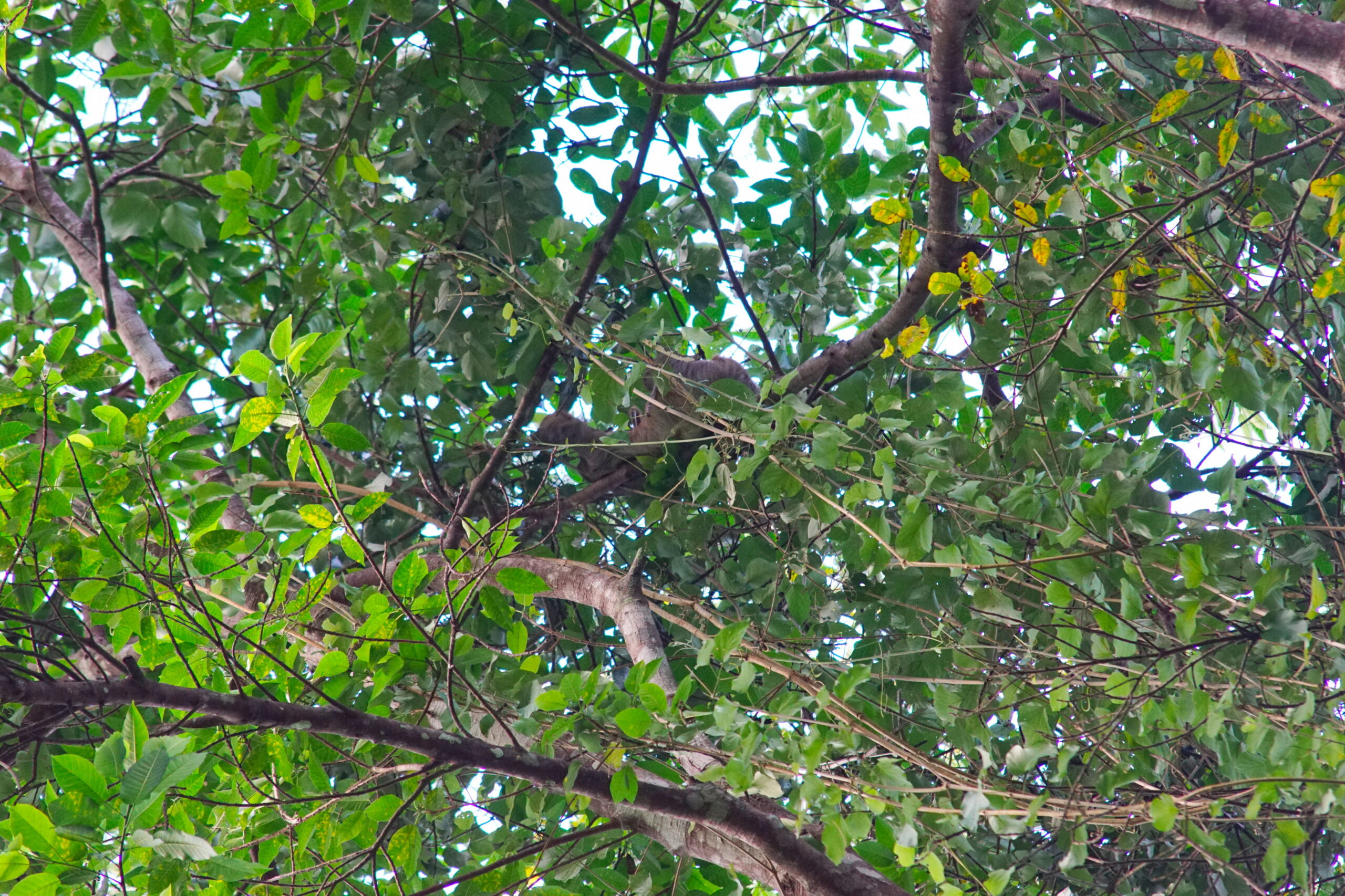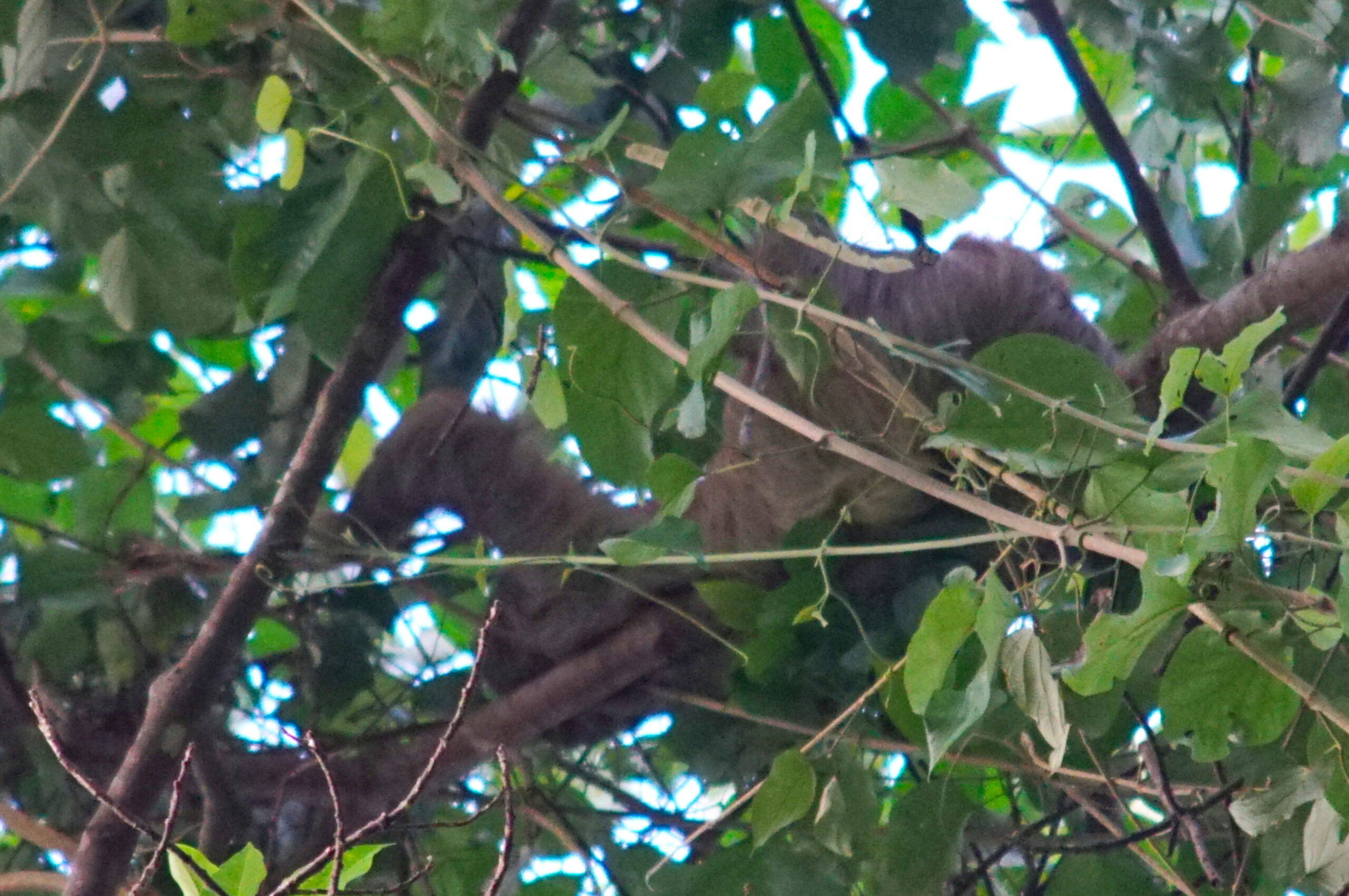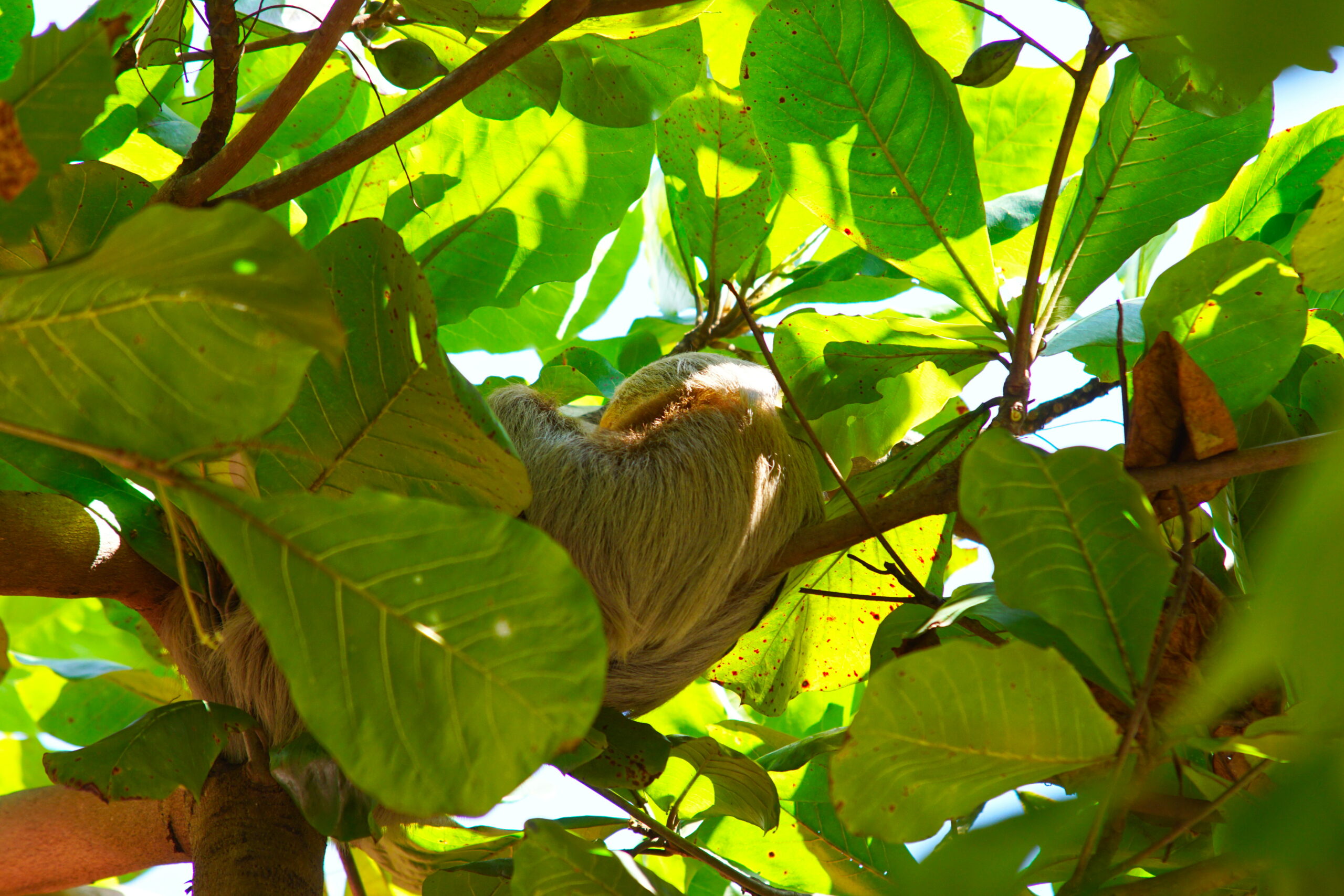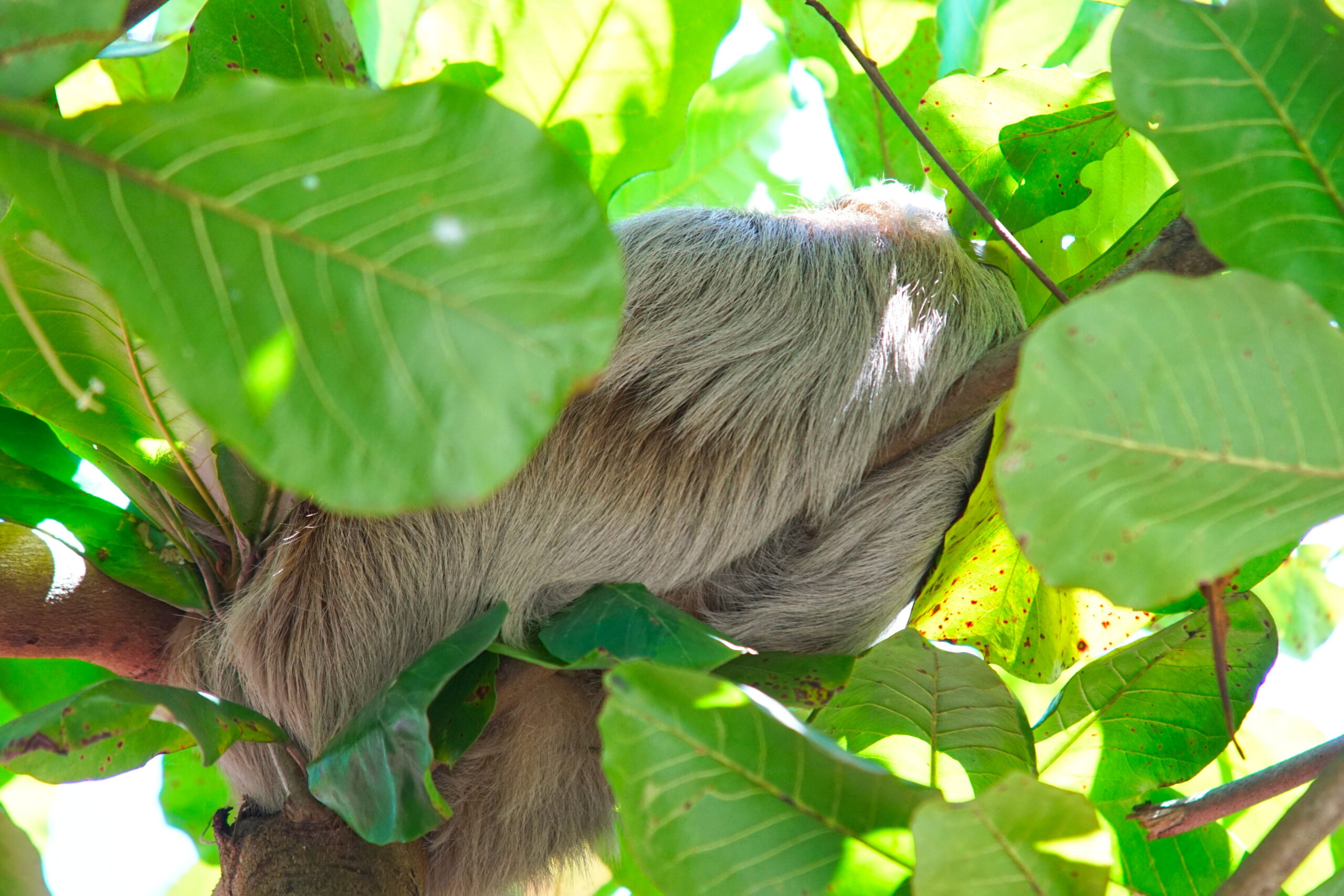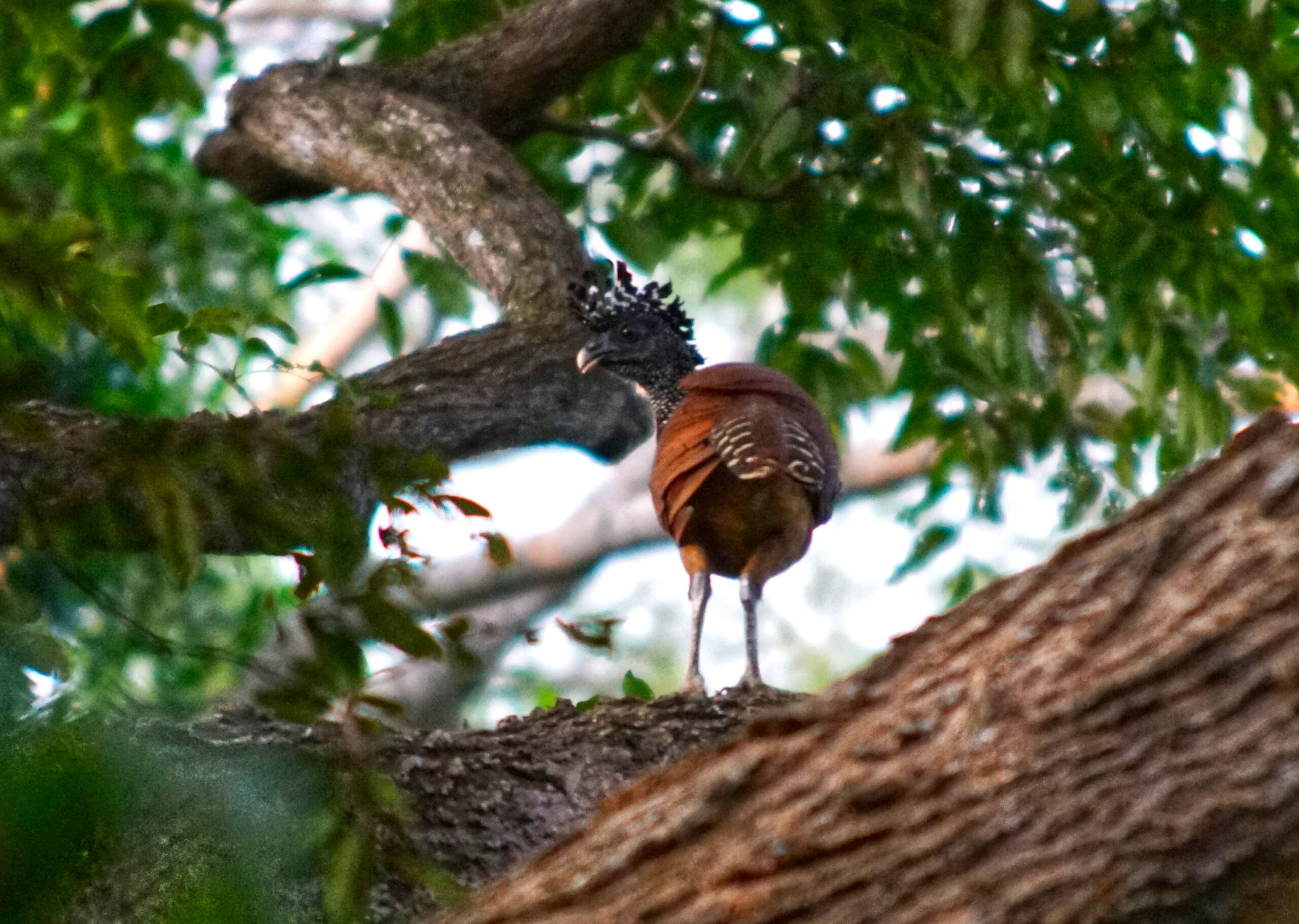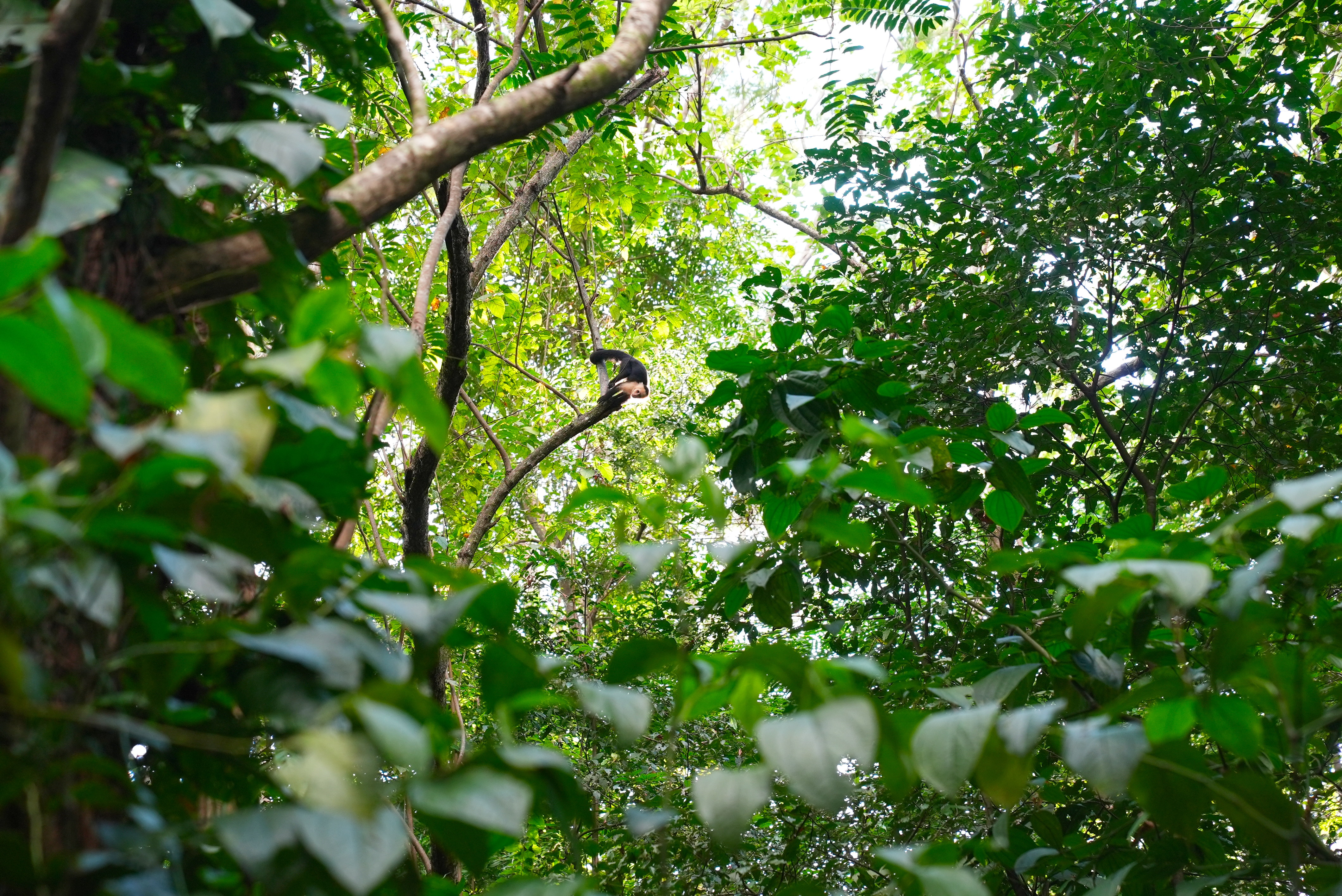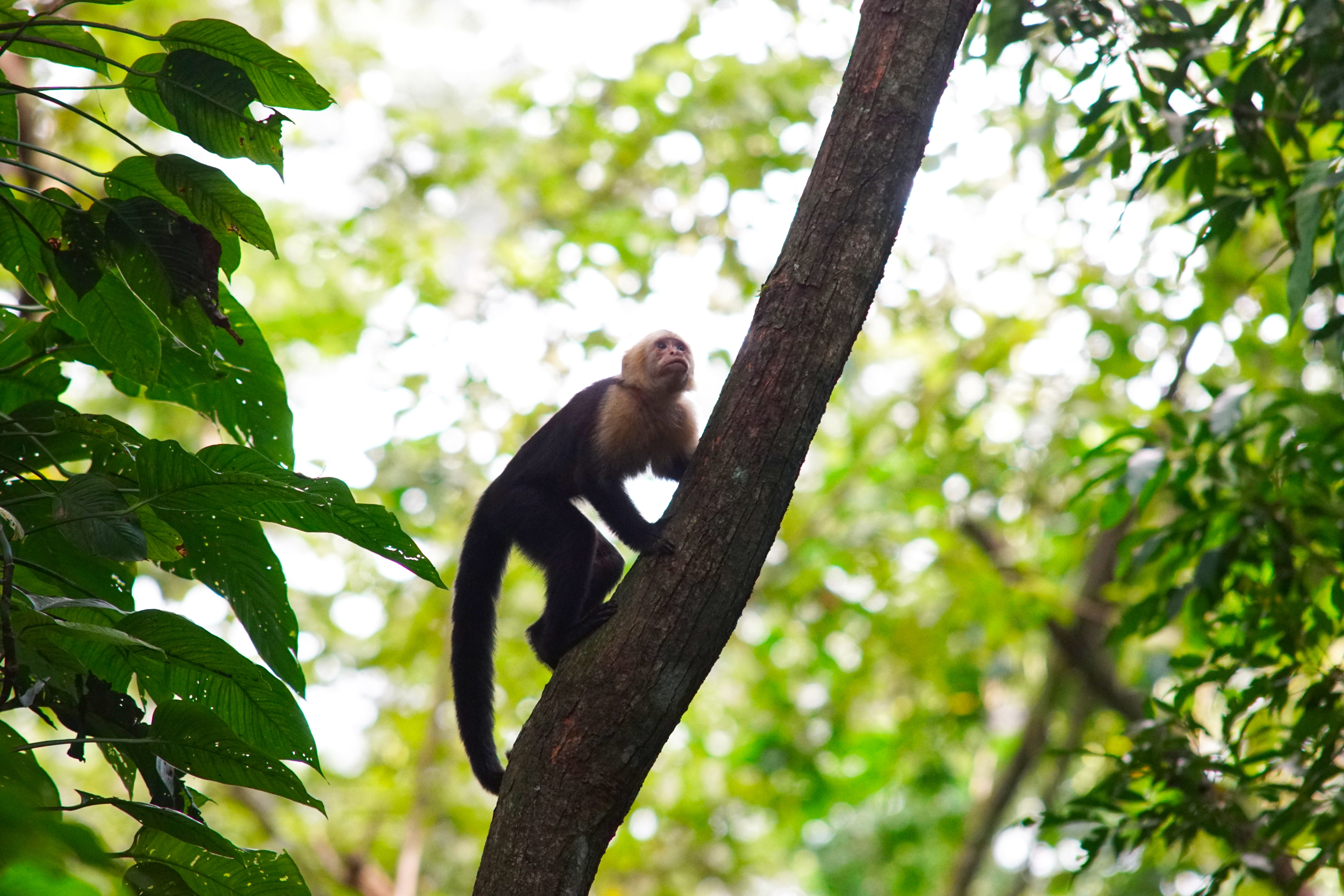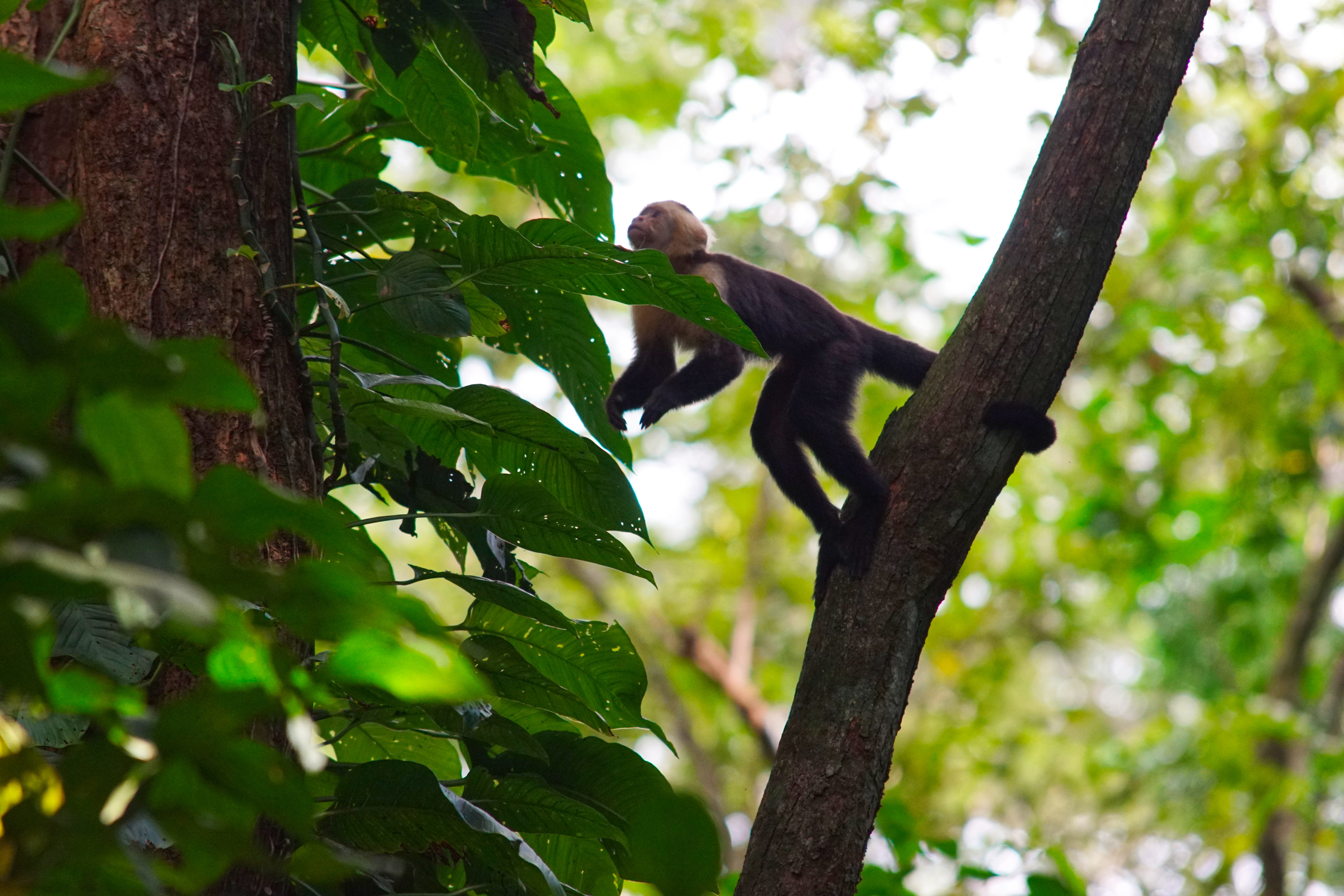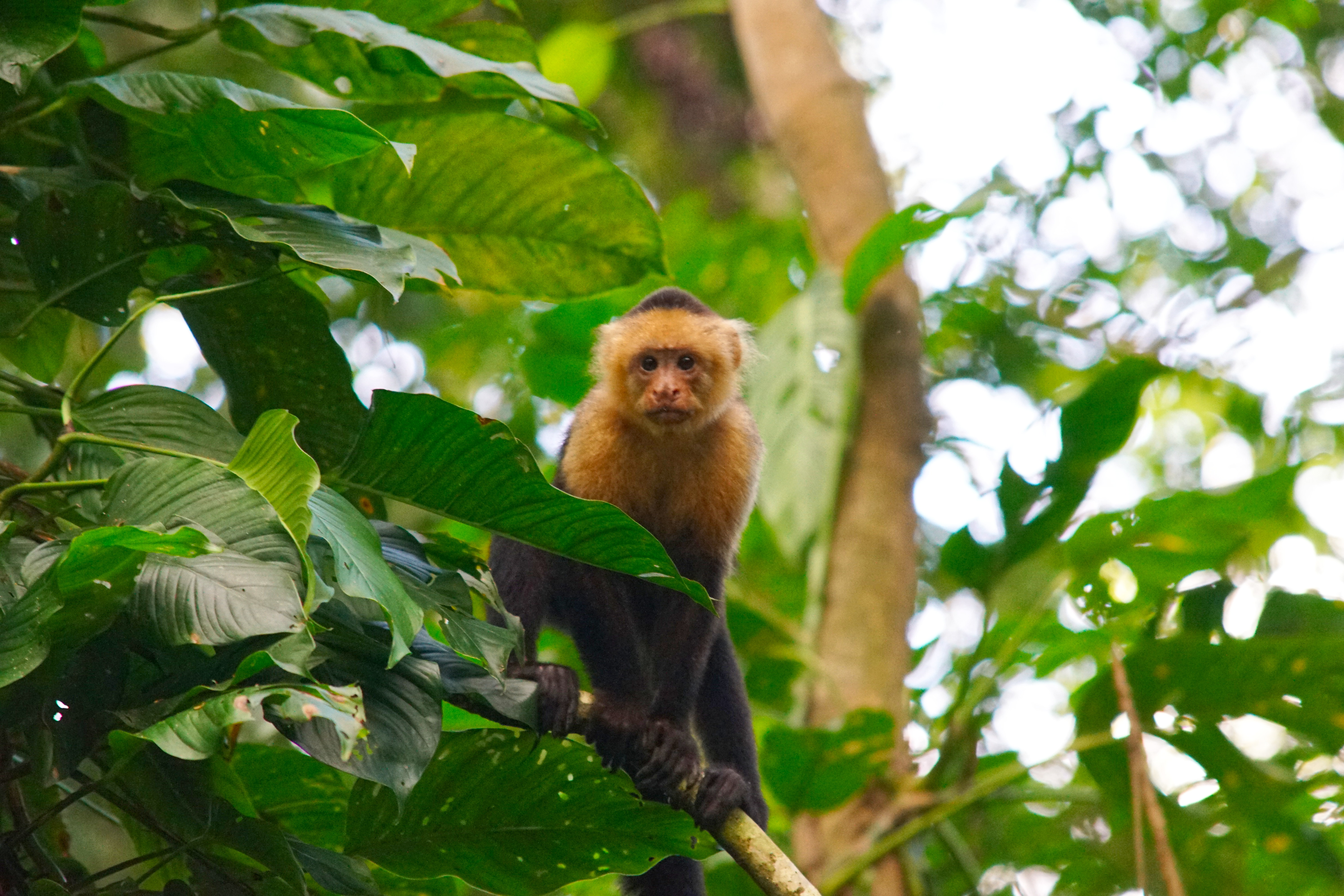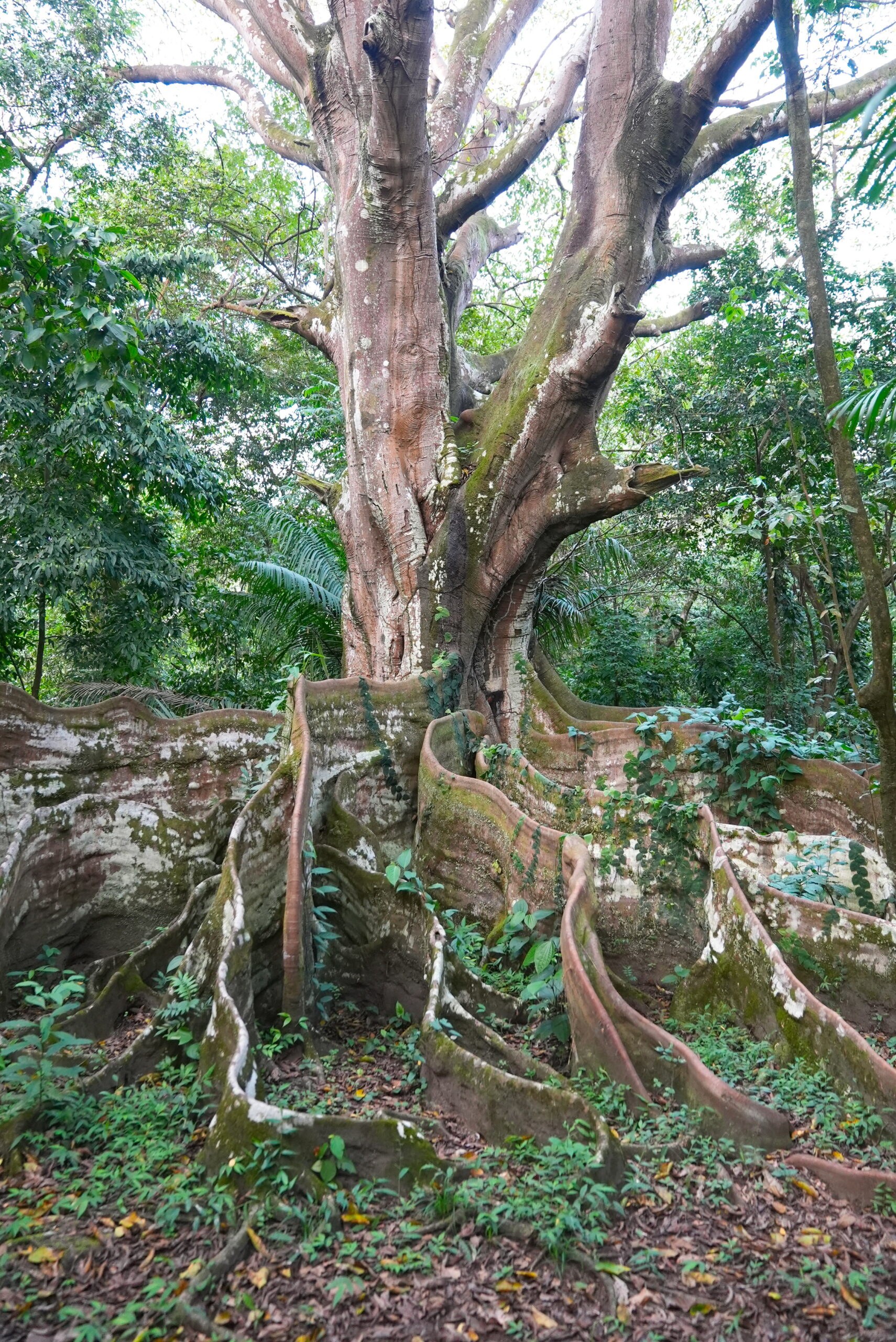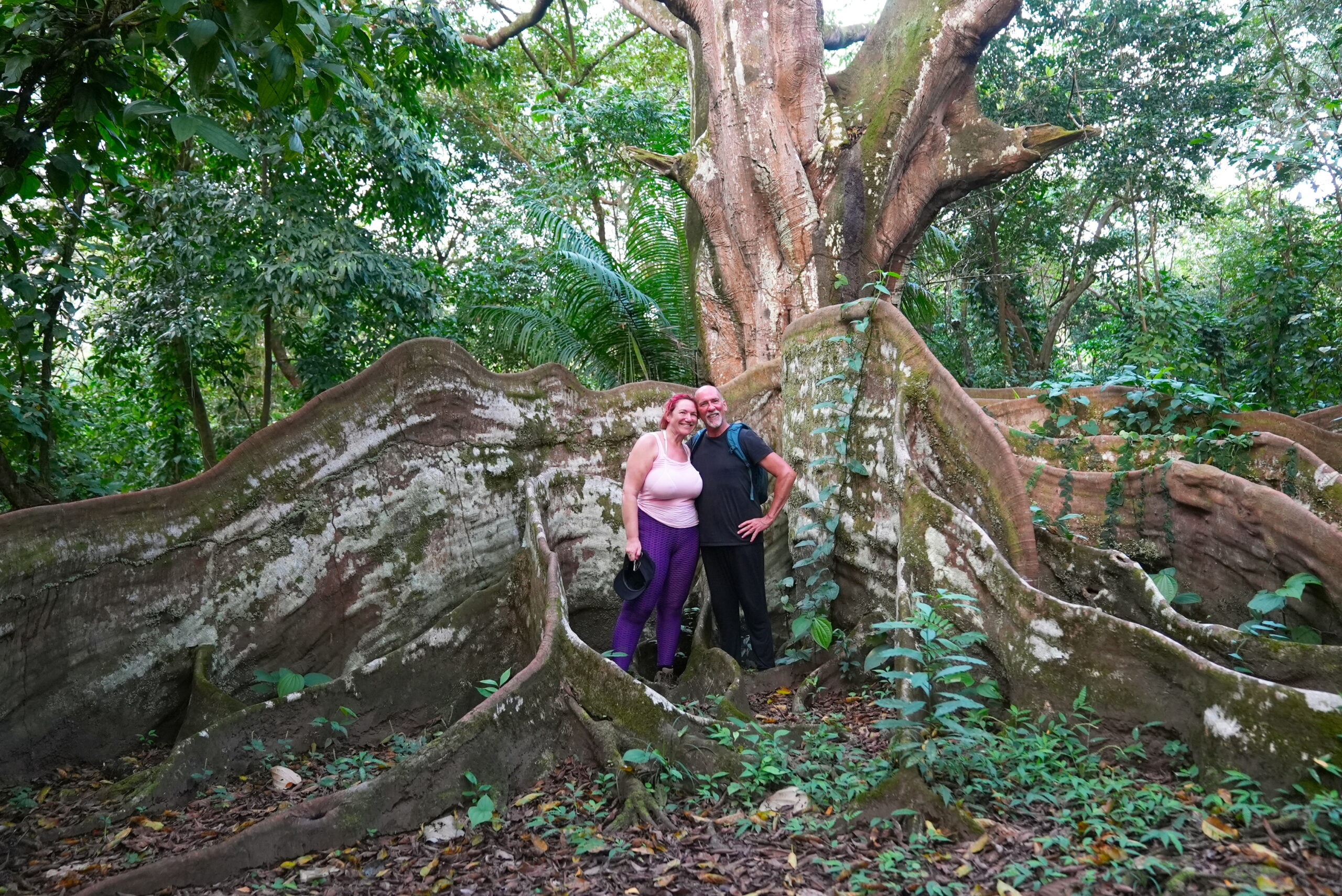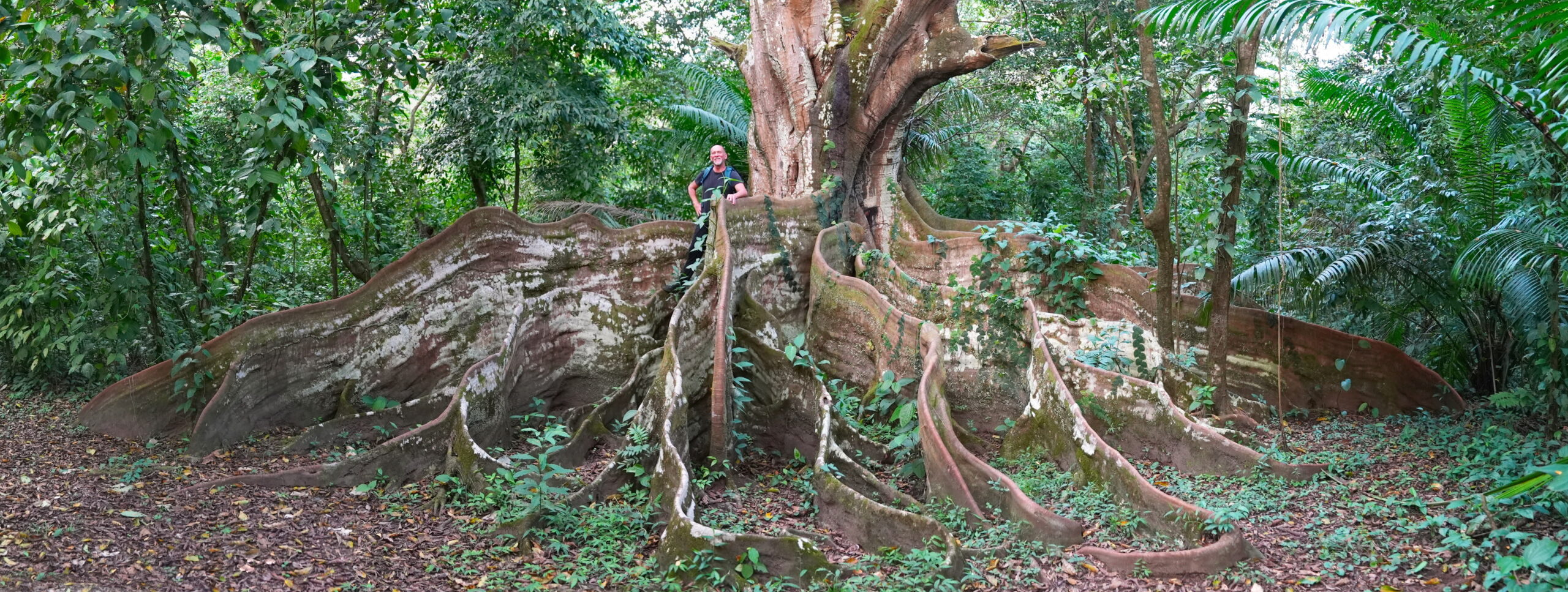Our adventures in Costa Rica continue as we explore the wildlife in the area of Ojochal, which is located in the southern part of the Puntarenas Province (which is essentially the whole western portion of Costa Rica).
Costa Rica is home to more than 500,000 species, which represent nearly 5% of the species estimated worldwide, making Costa Rica one of the 20 countries with the highest biodiversity in the world. Of these 500,000 species, a little more than 300,000 are insects. In fact, only about 7,000 species here are vertebrates, and most of those are birds.
We’ve seen this fellow before, at the Atluras Wildlife Sanctuary. I caught this yellow-throated toucan in flight. If you look closely, you can see the blue markings on its feet.
Sometimes an overcast sky provides a more accurate depiction of brightly colored animals.
Here you can see the white markings on the bird’s back. Yes, they seem to like perching on the branches of this leafless tree.
According to the internet, the Montezuma oropendola (Psarocolius montezuma) is a New World tropical icterid bird; The English and scientific names of this species commemorate the Aztec emperor Moctezuma II, aka Montezuma II. There is no reason given for not commemorating Moctezuma (Montezuma) I.
The golden-naped woodpecker (Melanerpes chrysauchen) is a species of bird in the woodpecker family Picidae. The species is very closely related to the beautiful woodpecker.
The black vulture (Coragyps atratus), also known as the American black vulture, Mexican vulture, zopilote, urubu, or gallinazo. Apparently, as a defense, the vultures “regurgitate a reeking and corrosive vomit”. You know who also regurgitates a reeking and corrosive vomit? Aliens.
We can say from our own experience that they are incautious around humans.
There is an abundance of fresh water in the jungle, but apparently they prefer clean, chlorinated water.
The white-necked puffbird (Notharchus hyperrhynchus) is one of the largest, and most widespread members of the puffbird family. Yeah, you probably didn’t even know that puffbirds existed, did you? Anyway… “With its massive bill, it feeds on large insects, frogs, and lizards.”
You might remember us telling you that most of the critters here are insects…
Here we see a member of Tettigoniidea. There are about 8,000 species in the family. As far as Costa Rican bugs go, this one is not too icky.
This little mantis is one of 2,400 mantis species. The females sometimes practice sexual cannibalism, which is cool if you are into that.
Is that a stinger? Is it poisonous, to humans? I don’t know, and I’m not going to find out.
There are a lot of ants in Costa Rica. Certainly more than one hundred. In fact, a nest of leaf cutter ants can hold several million members.
Multiply that by six (feet), and you have perhaps 20,000,000 tiny, tiny feet walking the same path every day, destroying the environment. Or, making cool roads. Depends on your perspective, I guess.
Costa Rica has its share of grasshoppers.
These fellows fly, but not gracefully. And they fly into you, full speed. And hang on with their clawed feet. At first it’s a bit discerning, but we get used to it. Thump! Oh, just a grasshopper. Just keep shaking whatever it’s holding on to until it lets go.
This is probably a member of the Scarabaeidae family. According to the internet, in Ancient Egypt, the dung beetle now known as Scarabaeus sacer (formerly Ateuchus sacer) was revered as sacred. Gotta love those Egyptians.
This is probably a Rhescyntis hippodamia. But since there are about 12,000 species, I’m probably wrong.
Like all the bugs here, bigger is better.
We recorded sounds of the jungle. We recommend ear phones and volume. It’s actually pretty cool.
Hacienda Barú – The Chilamate Hike
“At the beginning of the 20th century, Hacienda Barú was all virgin jungle. With the first wave of settlers came the destruction of large areas of rainforest. As more people migrated to the area, much more forest was cleared and pasture was planted. In 1972, only the large tract of rainforest on the upper portion of Hacienda Barú and a few scattered forest parcels in the lowlands were left untouched, about 180 hectares. By then many species of plants and animals had become locally extinct due to deforestation, habitat destruction and poaching. These included mammals such as the jaguar, tapir, white-lipped peccary, harpy eagle and scarlet macaw, and trees such as the manú negro and cedro bateo. The majority of the lowlands, about 150 hectares, were completely deforested and the land was used for rice farming and cattle ranching.
The year 1979 marked the end of that cycle of degradation and the reverse of the pendulum’s swing. It was then that the owners of Hacienda Barú decided that the ecology of the rainforest was extremely important, and that ecotourism had great potential as an economic alternative. They began taking steps to conserve and restore several areas of the property. The restoration of habitat began in the highlands of the hacienda and, over the next decade, expanded into the lowlands where ranching and farming activities were phased out.
In 1990 the decision was made to sell the cattle and restore all of the land to natural habitat. As nature reclaimed the land, humans lent a hand, replanting species of trees that had been eliminated in past years and creating natural corridors over which wildlife could migrate. Many species of wildlife, including all four species of Costa Rican monkeys, the puma, and the scarlet macaw, have returned to the hacienda. In 1995 President of Costa Rica, Jose Figueres, signed the decree officially declaring Hacienda Barú a National Wildlife Refuge.
Hacienda Barú started offering two tours in 1987, the Rainforest Experience and the Mangrove Walk. Over the years more tours have been added until today we have five bird watching tours, two canopy tours, four hiking tours, and an overnight camping tour.”
And we are here to take the Chilamate Hike. “This hike takes you through the secondary and successional forests of the lowlands where the walking is easy and the bird watching and wildlife observation is excellent.”
The hike is indeed easy walking, and the guide knows where to find some of the critters. He knows that there is a sloth that inhabits this particular tree. Very high up in this particular tree. We need binoculars to really see it, or a really good zoom lens. Yes, it’s that amorphous blob in the center. We can’t tell if it’s a three-toed or two-toed sloth.
It is difficult to focus well because it’s so far away and there are many branches in the way. At any rate, it’s still just an unmoving mass of hair.
Later in the hike, we find a sloth that’s much closer to the ground allowing us to better see the fur. Yeah, pretty exciting.
We have never seen sloths in the wild before, so we take a lot of photographs. But, yeah, that’s enough.
We manage to see a female great curassow (Crax rubra), a bird noted for its aggressive temperament. We keep our distance.
And what trip to the jungle is complete until you’ve seen a bunch of white-faced capuchin (Cegus imitator) monkeys? These fellows are pretty easy to find because they make so much noise while running through the trees.
The Chilamate Ficus Tree at Hacienda Baru in Dominical, Costa Rica is a 300 year old Ficus Tree (Ficus tonduzii) located in Hacienda Baru in Central Pacific Coast of Costa Rica.
Yes, those are some damn big roots. Your guess is as good as mine as to why a tree would evolve this feature.
Maybe flood control, of sorts. Perhaps it traps rainfall to help provide extra water for itself. However, this is a rain forest, so that shouldn’t be an issue. So, <shrug>. But it’s still a cool tree.
And this ends our story about the wildlife of Ojochal, but we return next time to see bats, bees, birds buzzards, crocodiles, egrets, herons, howler monkeys, ibis, iguanas, lizards, parrots, snakes, squirrel monkeys, turtles, and white-faced capuchin monkeys when we take a tour of the Sierpe river, which has the largest mangroves in all Latin America. See you then!

